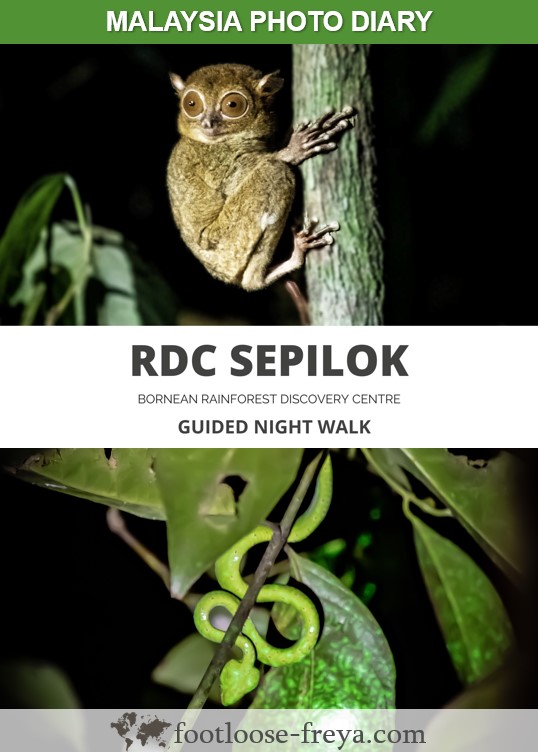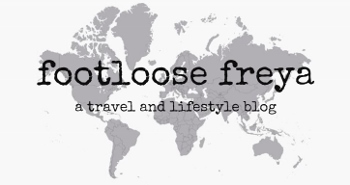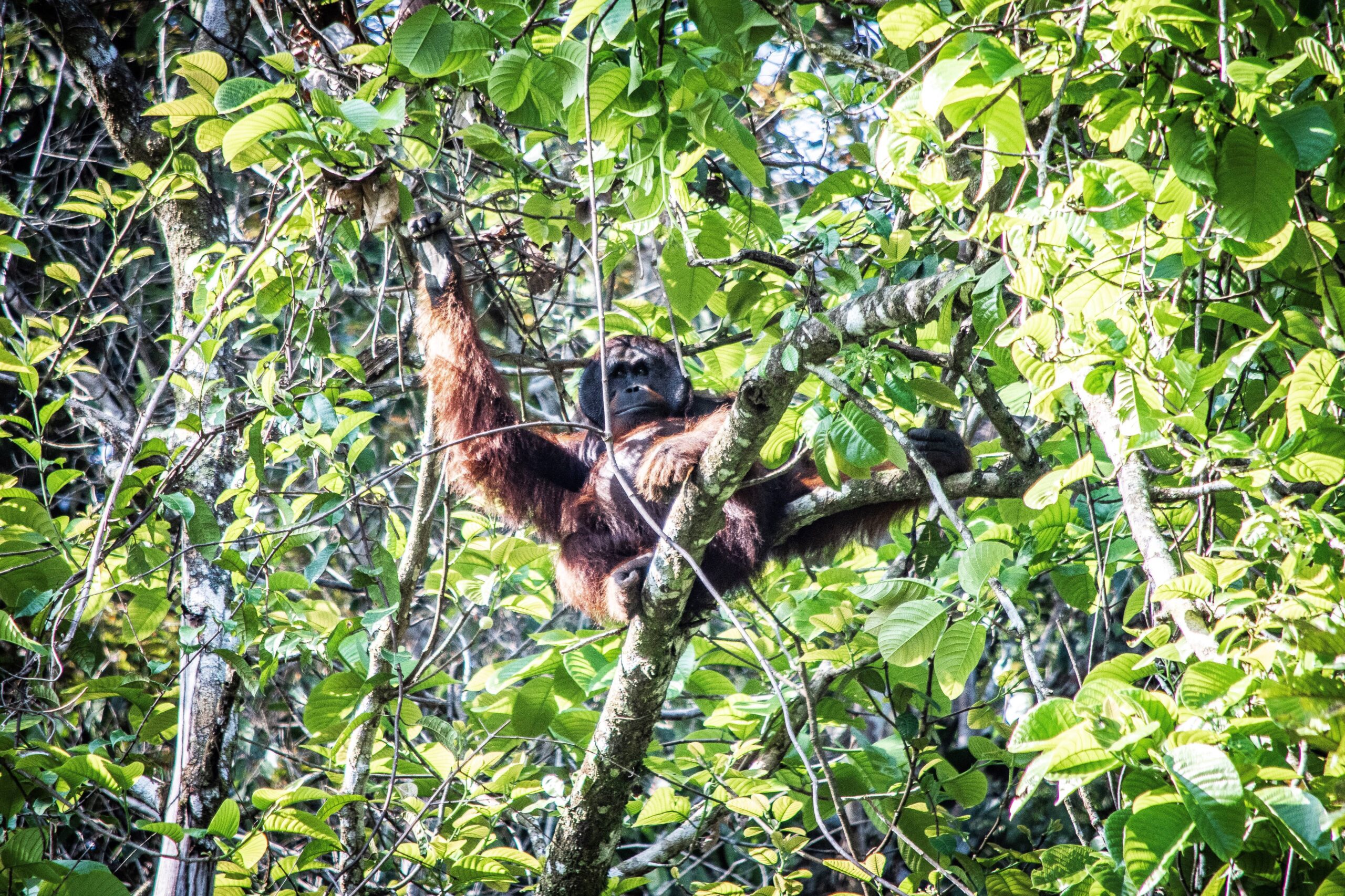After an overnight stay in Sepilok, JJ and I headed further inland to Deramakot Forest Reserve and then looped back via Kinabatangan River. Both areas offer some of the best wildlife watching in Southeast Asia. These are the amazing animals we saw, places we stayed and how to plan a similar ecotourism adventure.
DERAMAKOT FOREST RESERVE
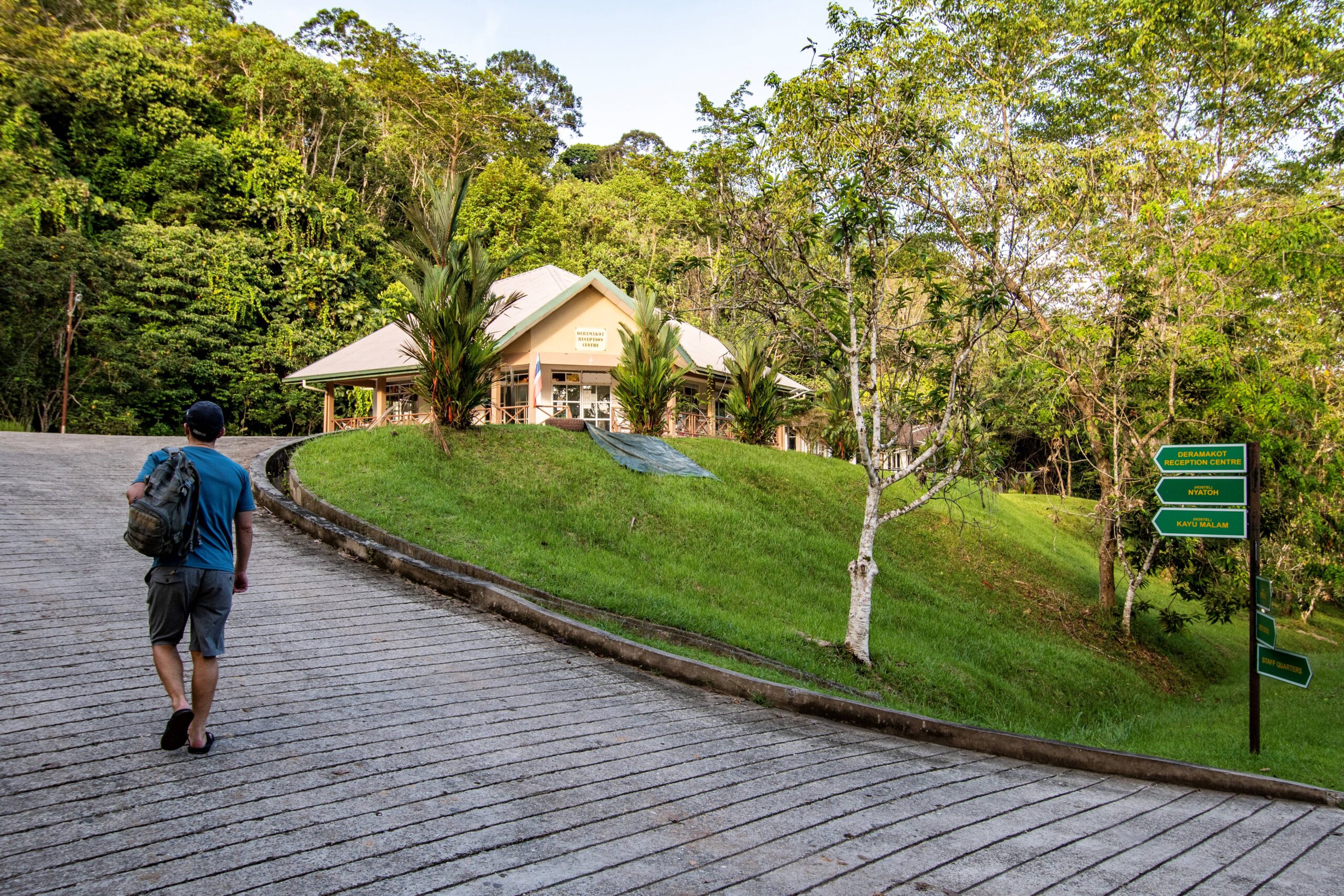
Deramakot Forest Reserve covers an area of 55,507 hectares. From 1997 it was certified by the Forest Stewardship Council (FSC) for good forestry practices. Consequently Deramakot is the longest certified tropical rainforest in the world due to it’s reduced impact selective logging. Around 75% of Sabah’s mammal species can be found within this reserve.
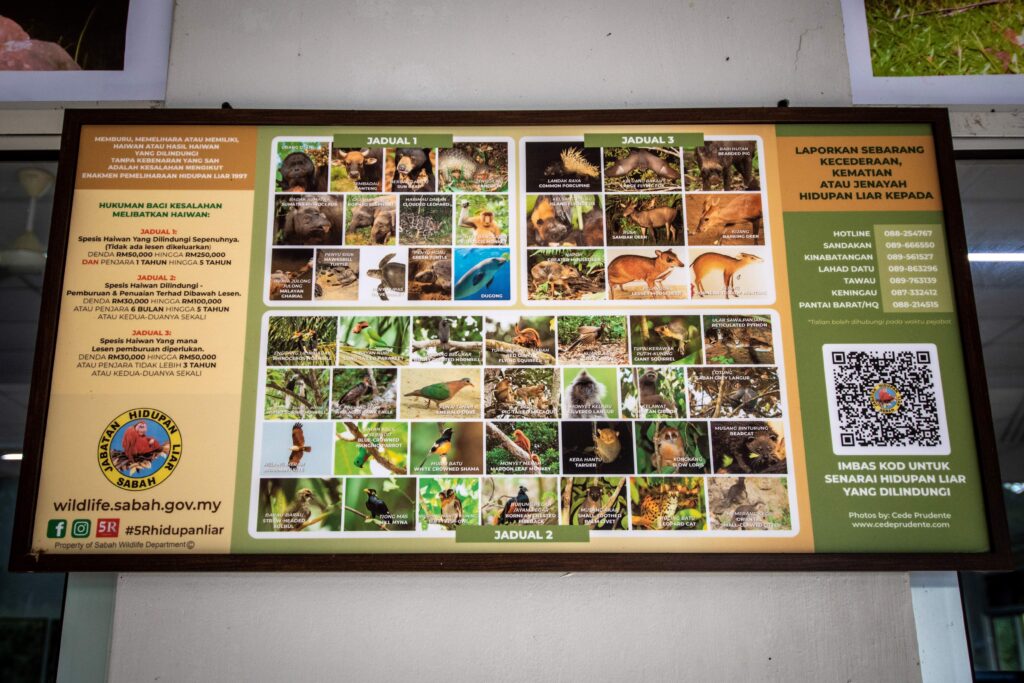
A combined 7 hours of morning and evening safaris in open 4WD vehicles are scheduled daily, allowing multiple opportunities to see a range of wildlife. We chose longer night safaris cos we primarily wanted to focus on cats. All five species of Bornean cats are present in Deramakot including the Sunda Clouded Leopard. Despite our nocturnal explorations we encountered zero cats, buuut they are famously elusive and we knew sightings wouldn’t be guaranteed.
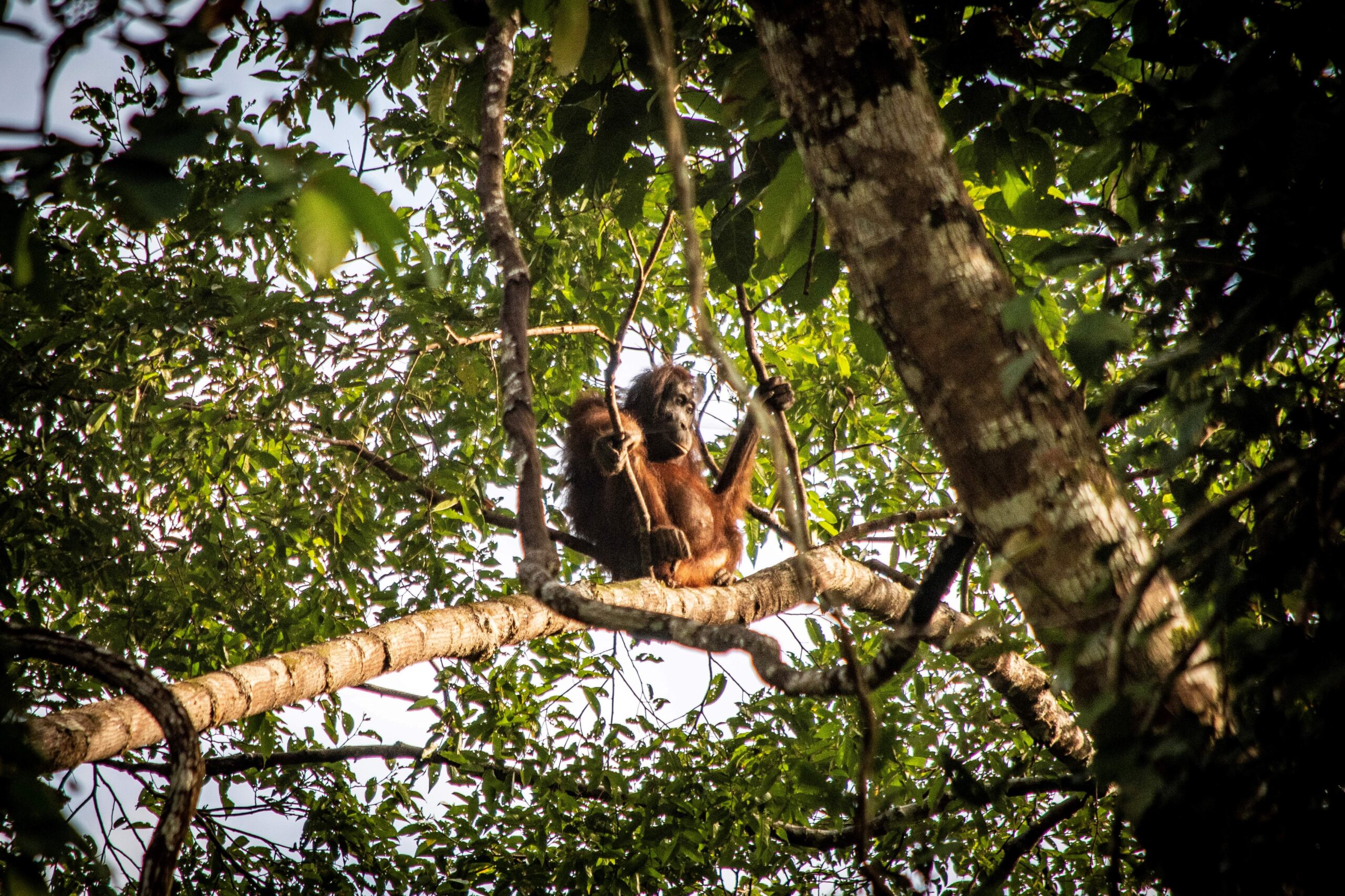
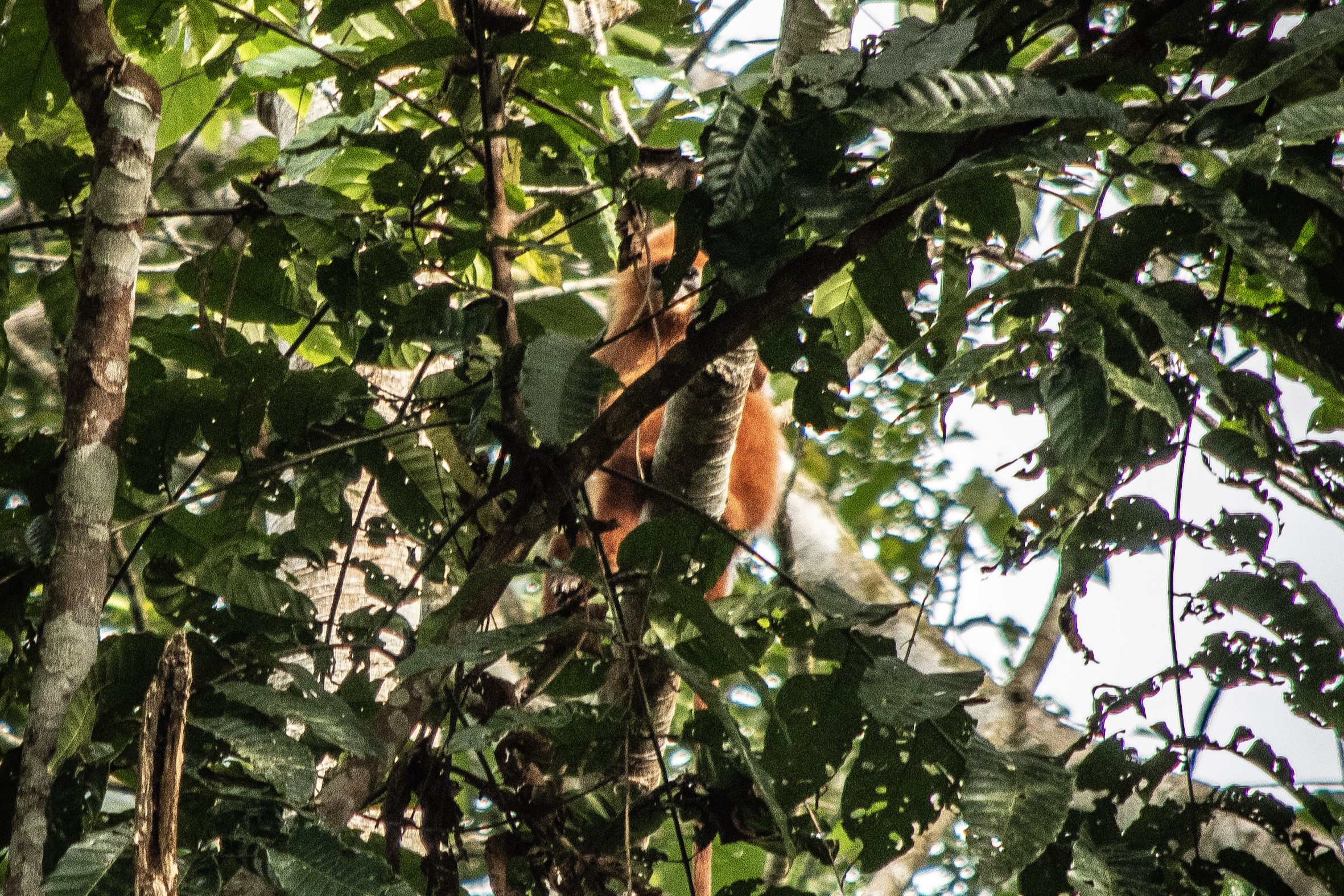
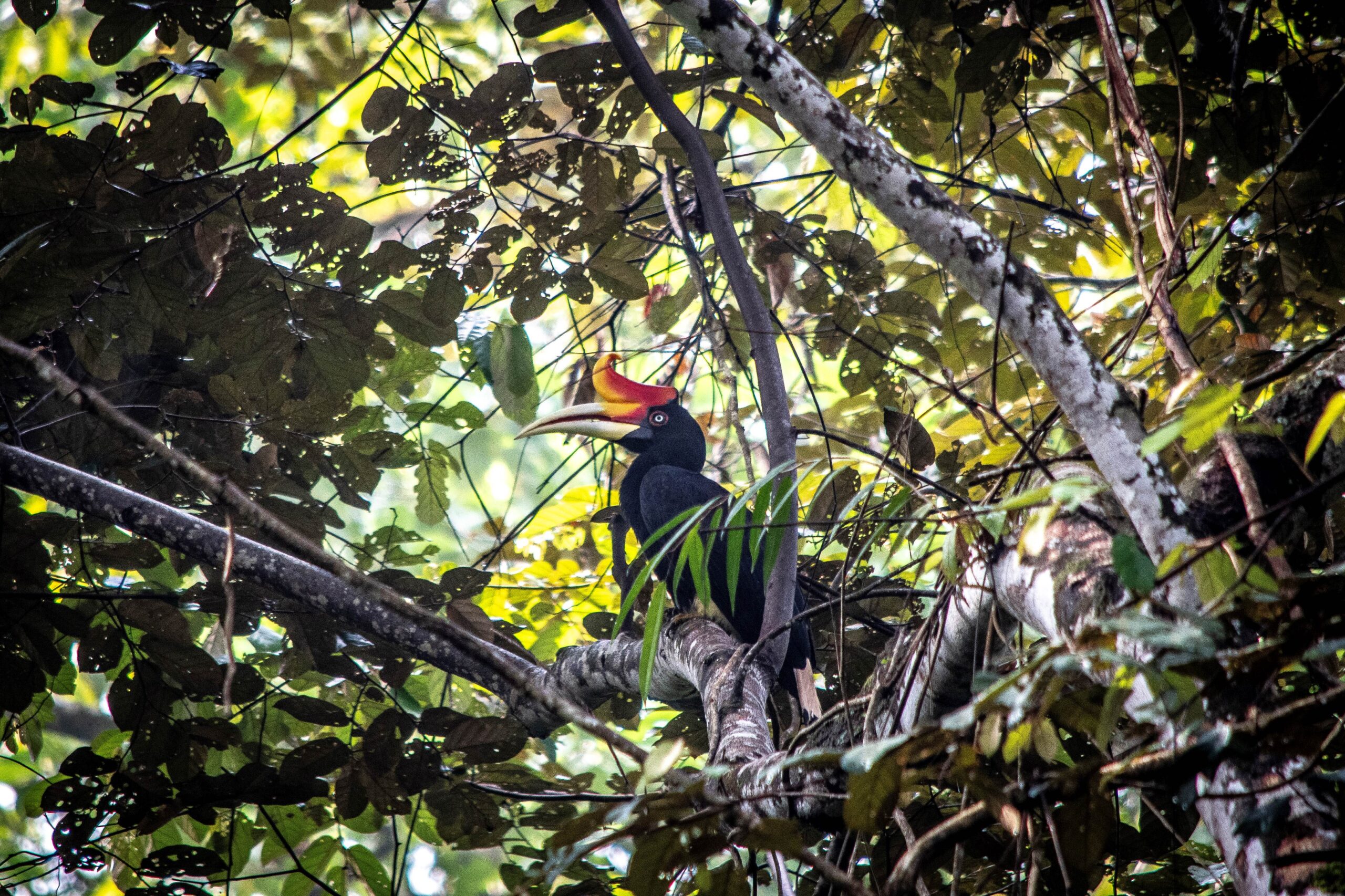
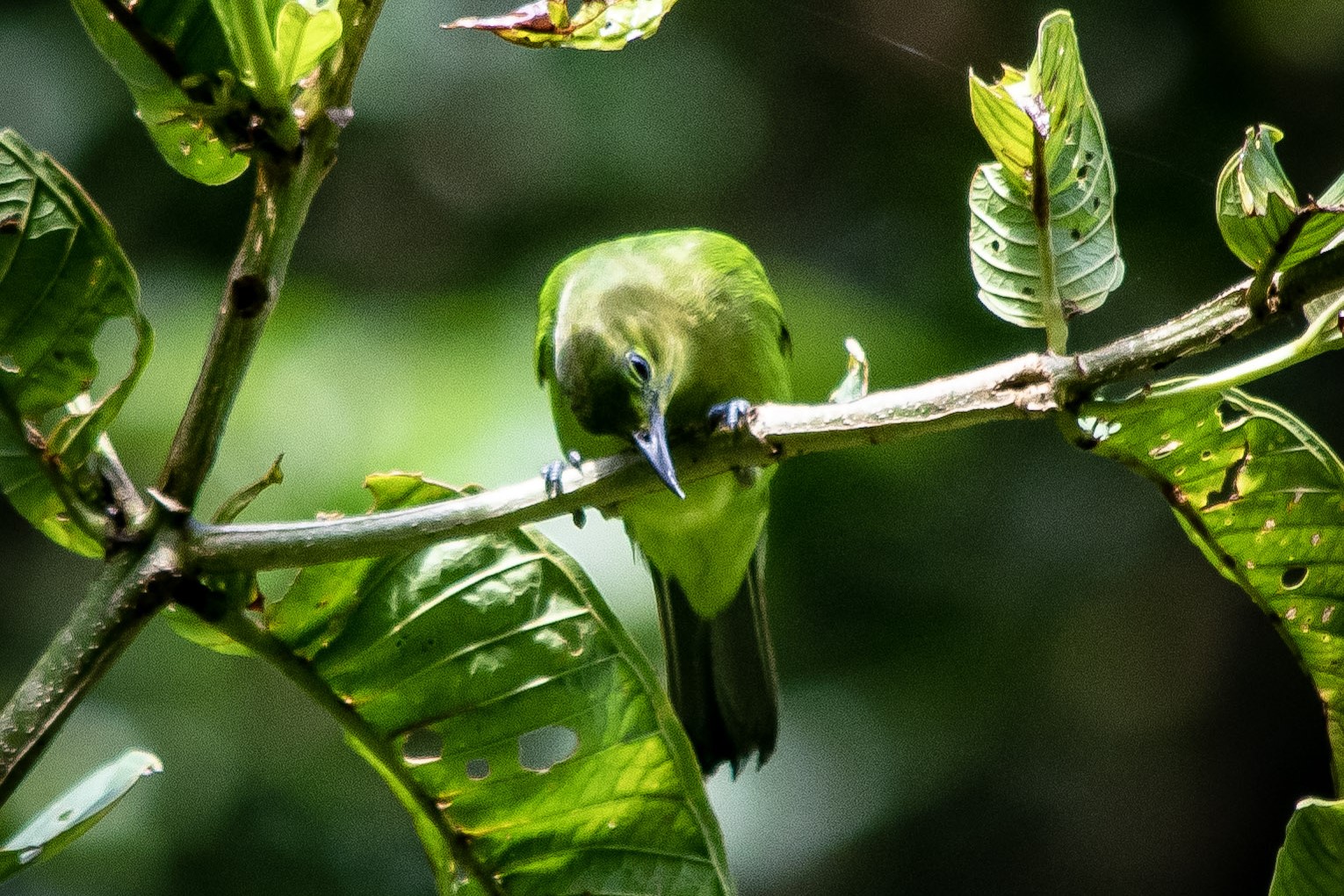
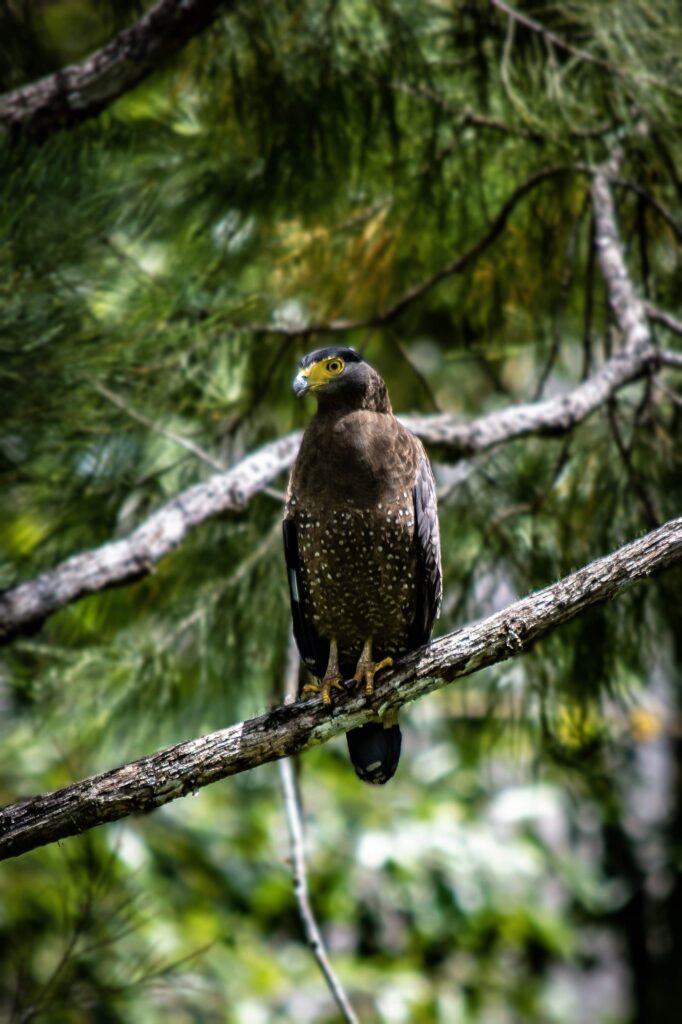
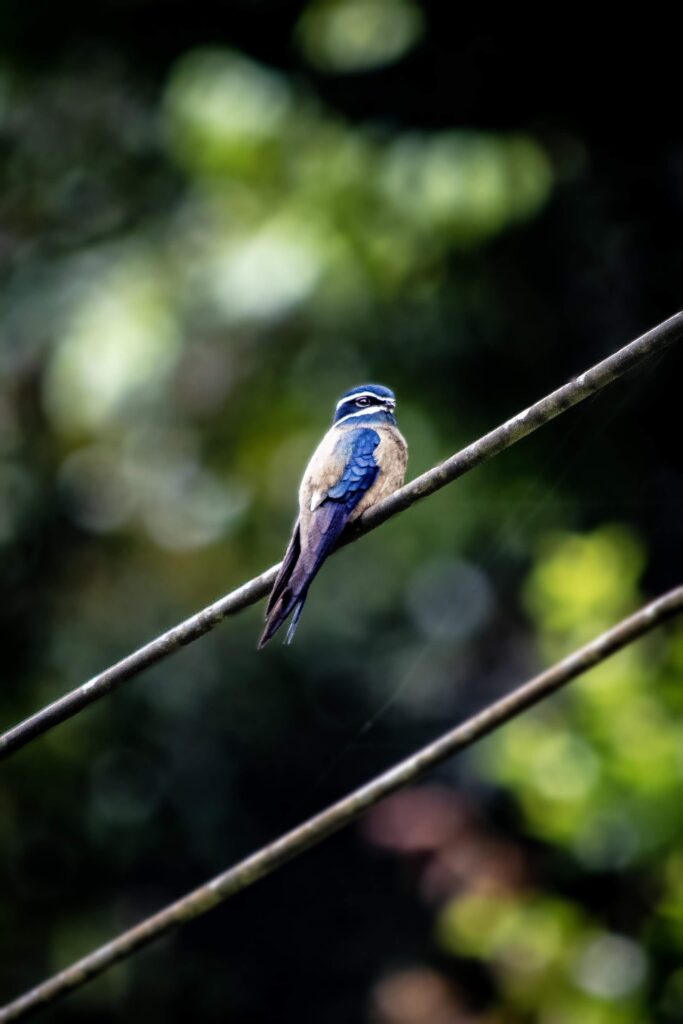
L: Crested serpent eagle R: Whiskered treeswift
Our guide Adi was a brilliant spotter and very knowledgeable. Morning safaris were the best for viewing orangutans and gibbons as well as langurs. I saw my first flanged orangutan which was awesome, it’s pretty rare to see the mature males with big cheek pads. Birdlife was also prolific earlier in the day.
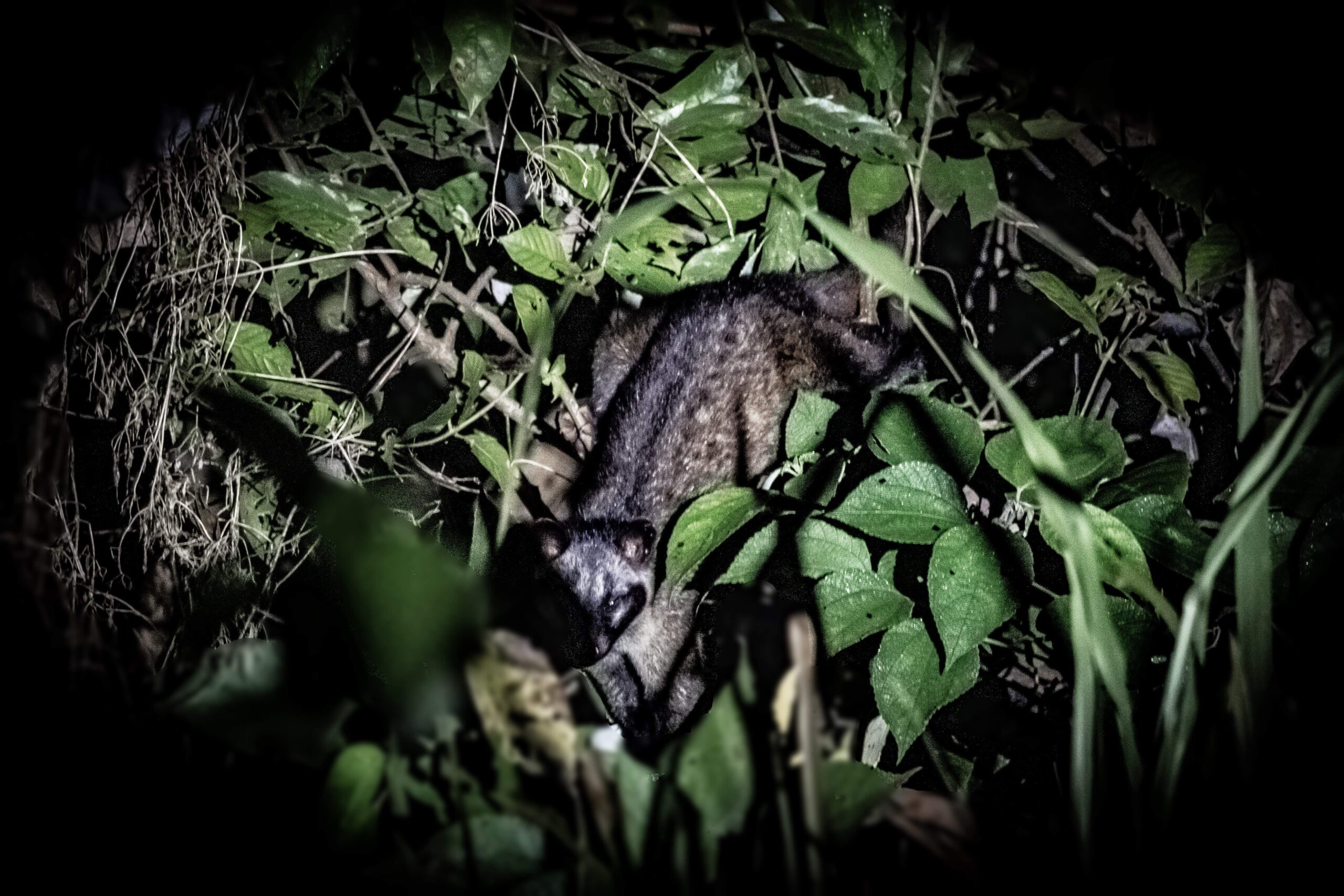
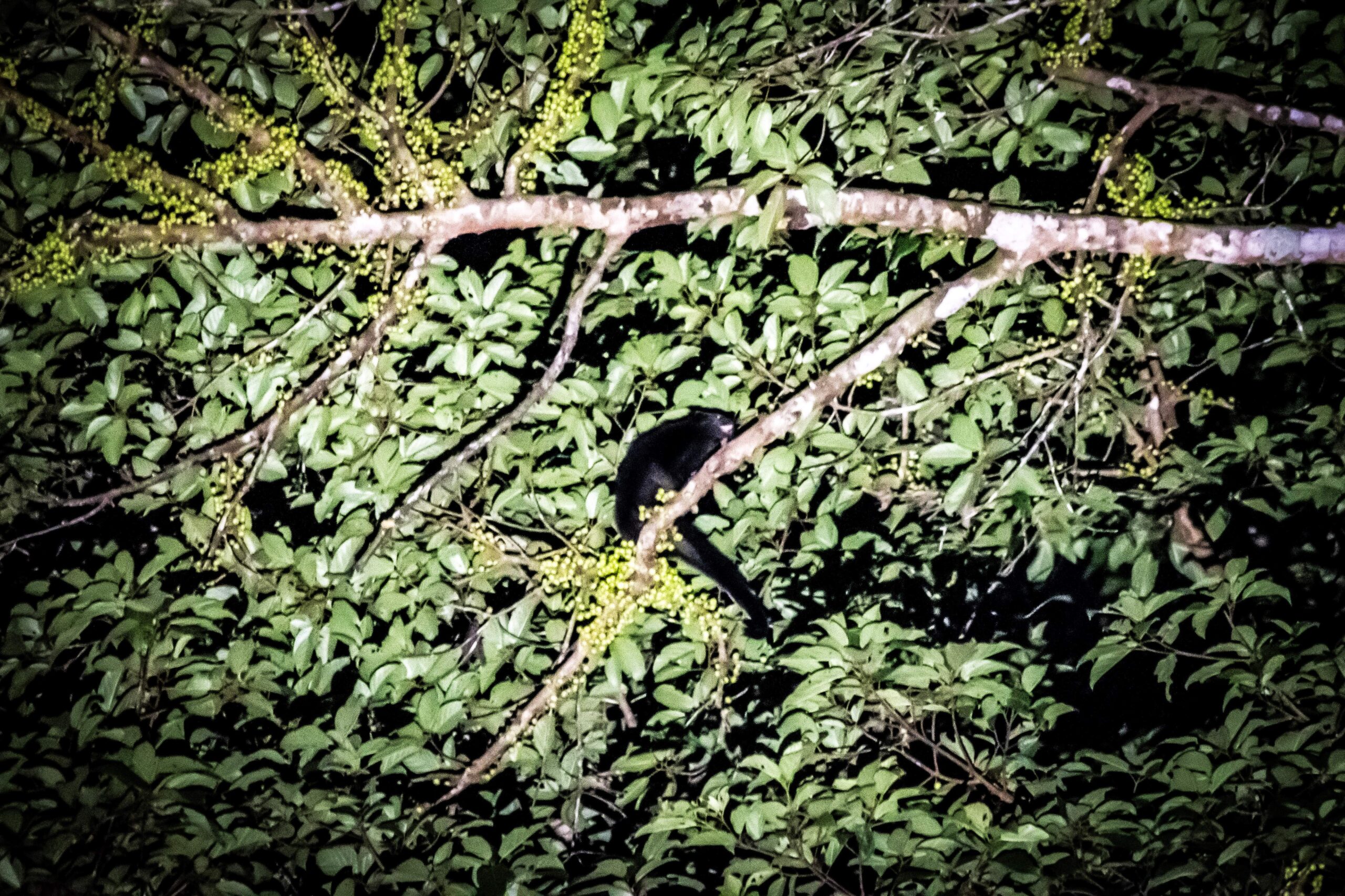
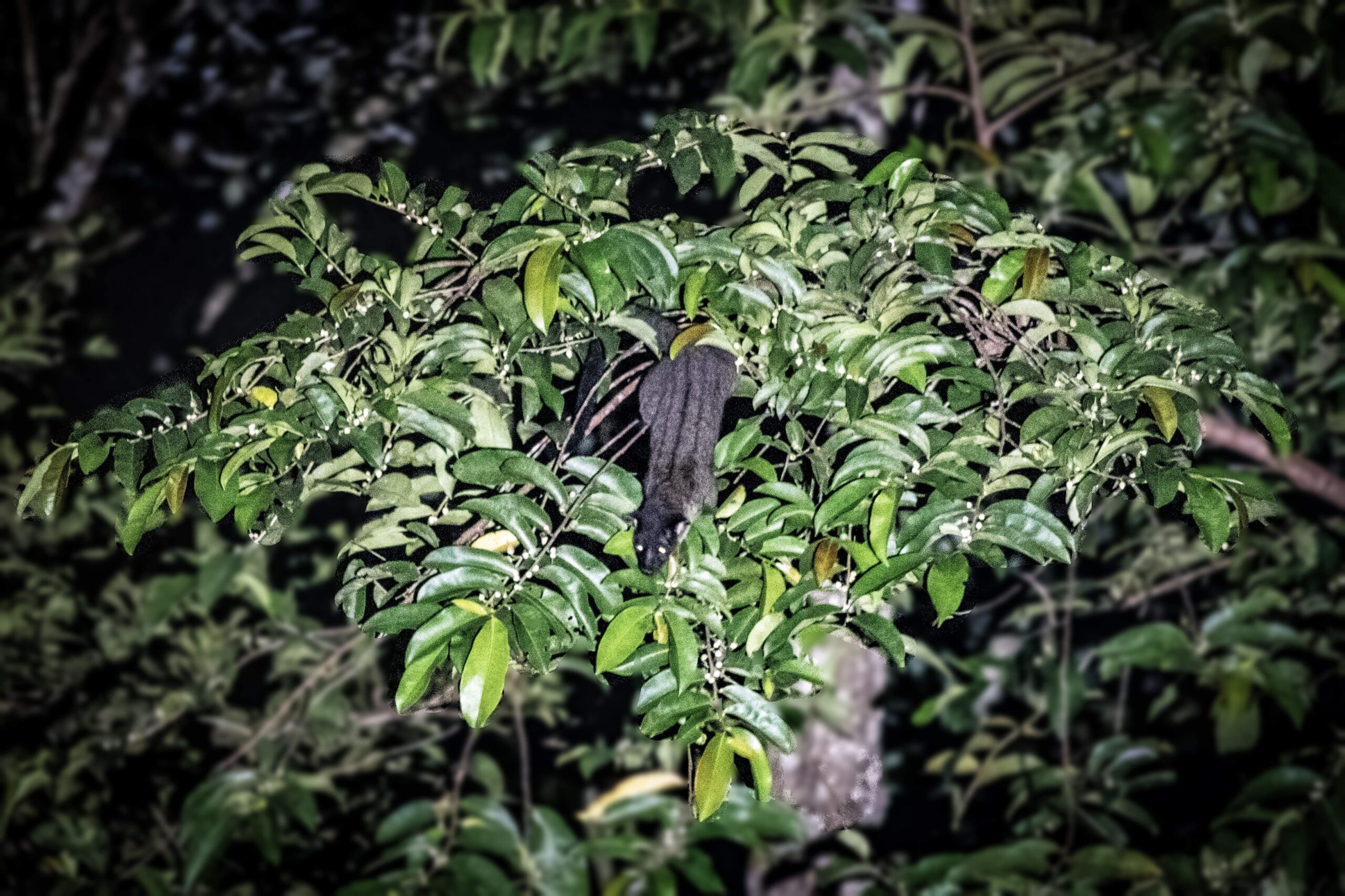
L: Binturong (bearcat) R: Small-toothed palm civet
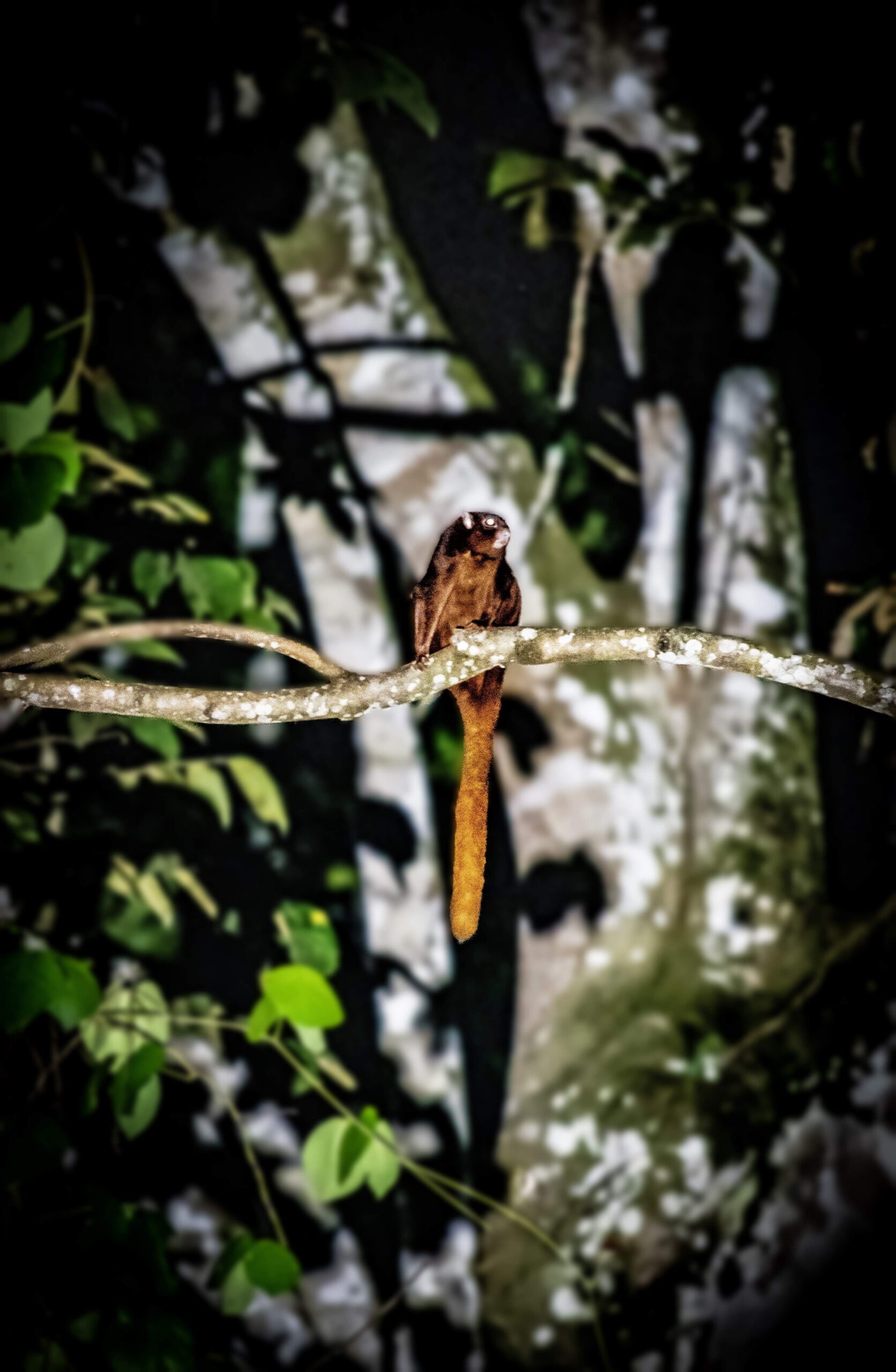
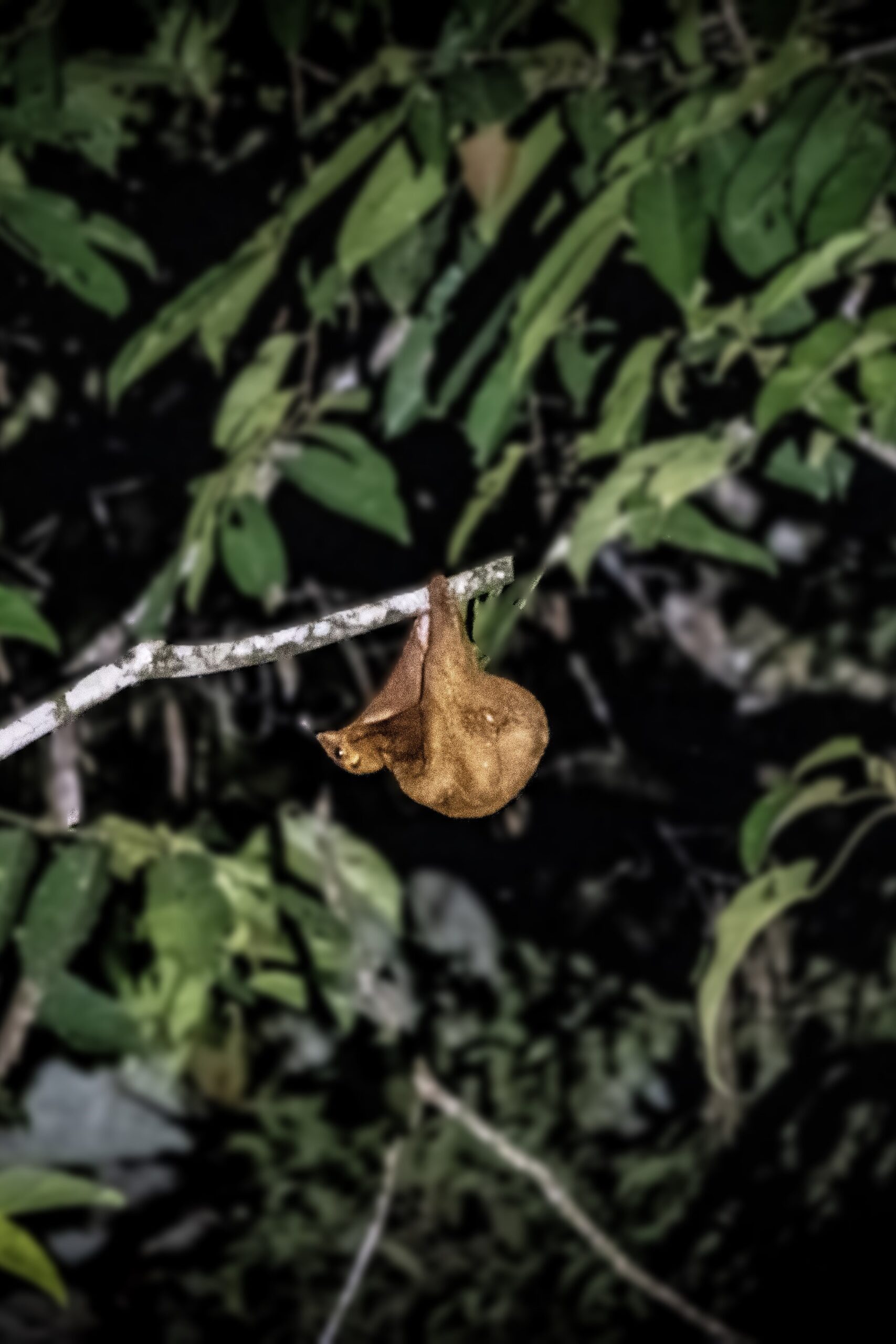
L: Thomas’s flying squirrel R: Rufous colugo (Sunda flying lemur)
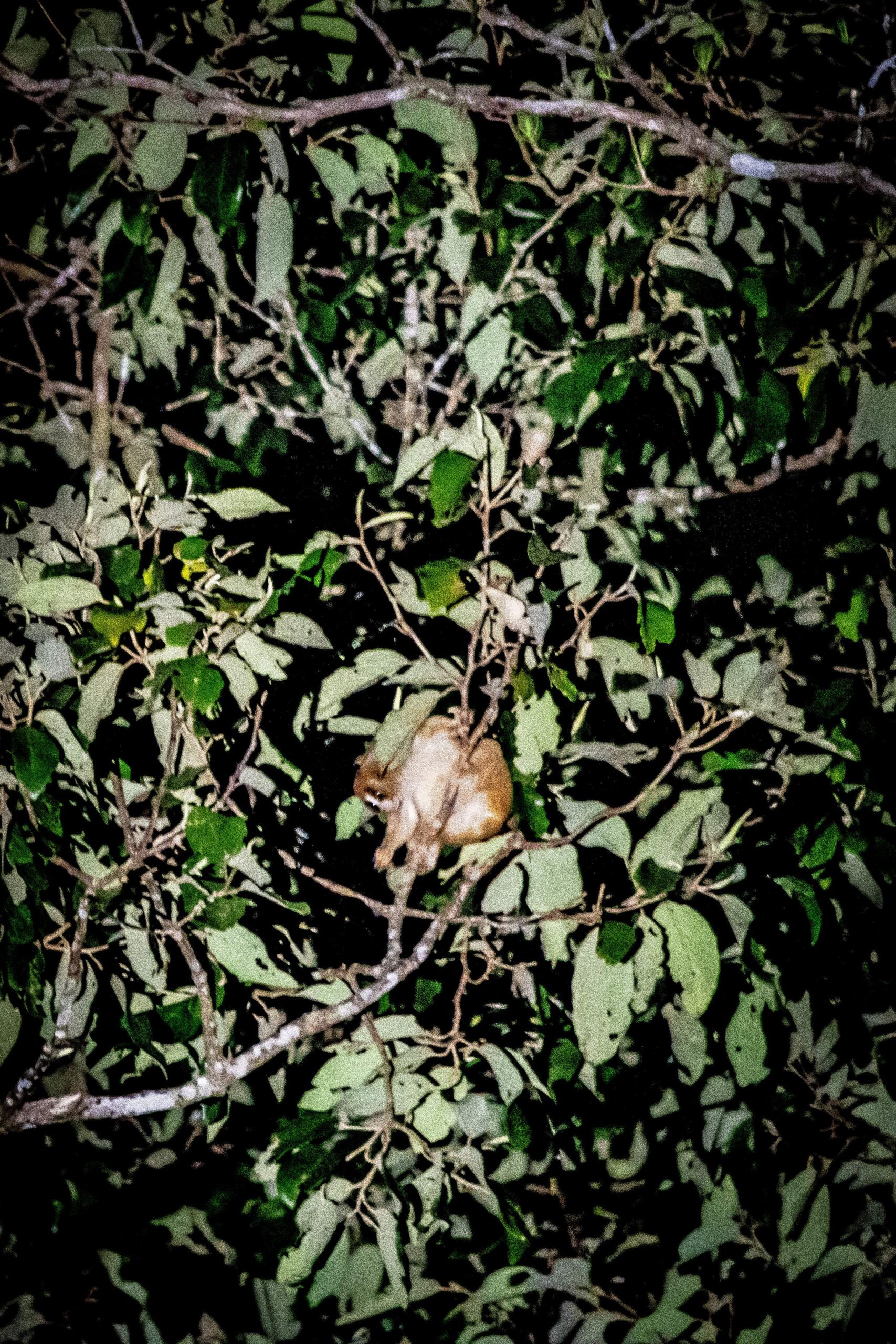
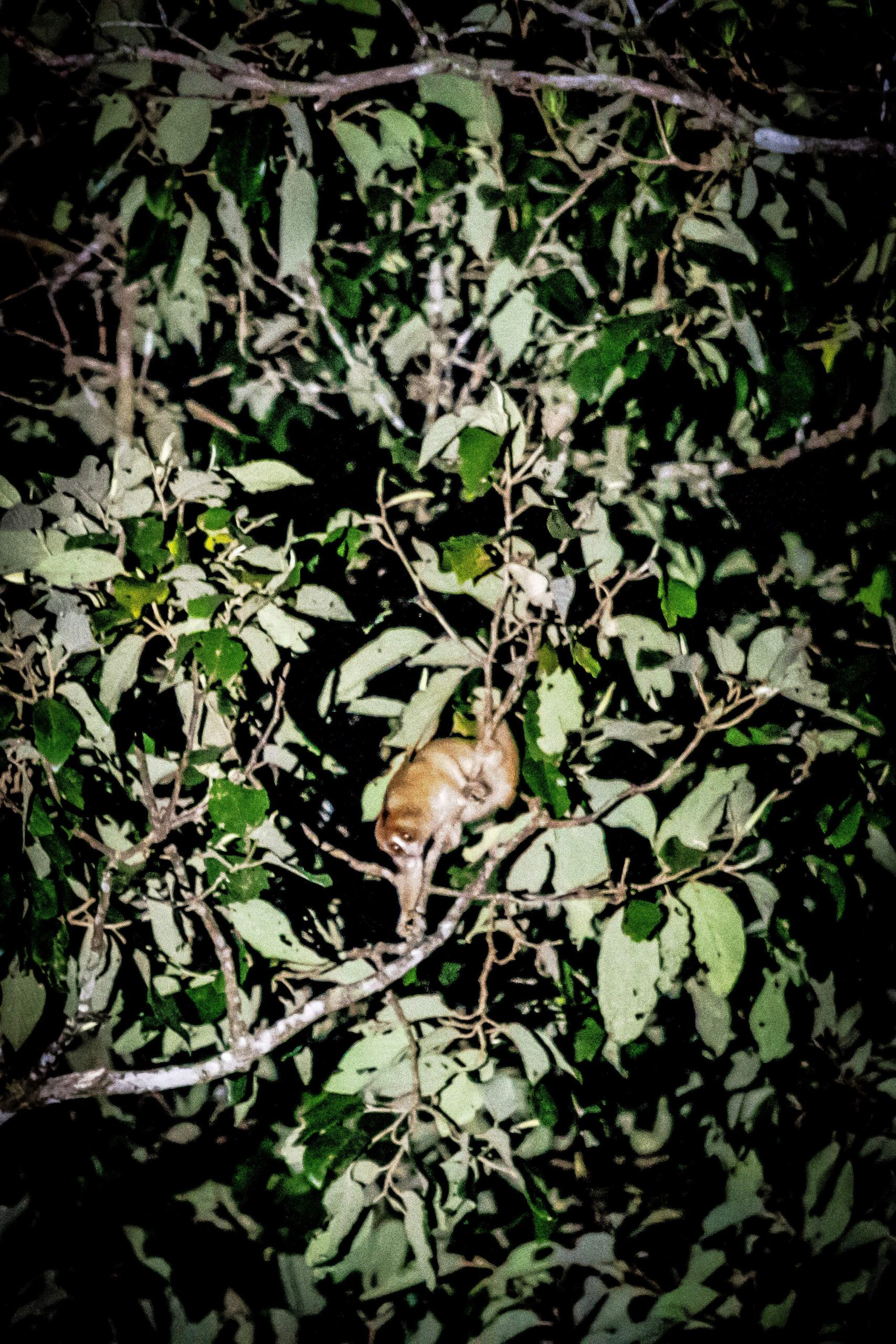
Bornean slow loris
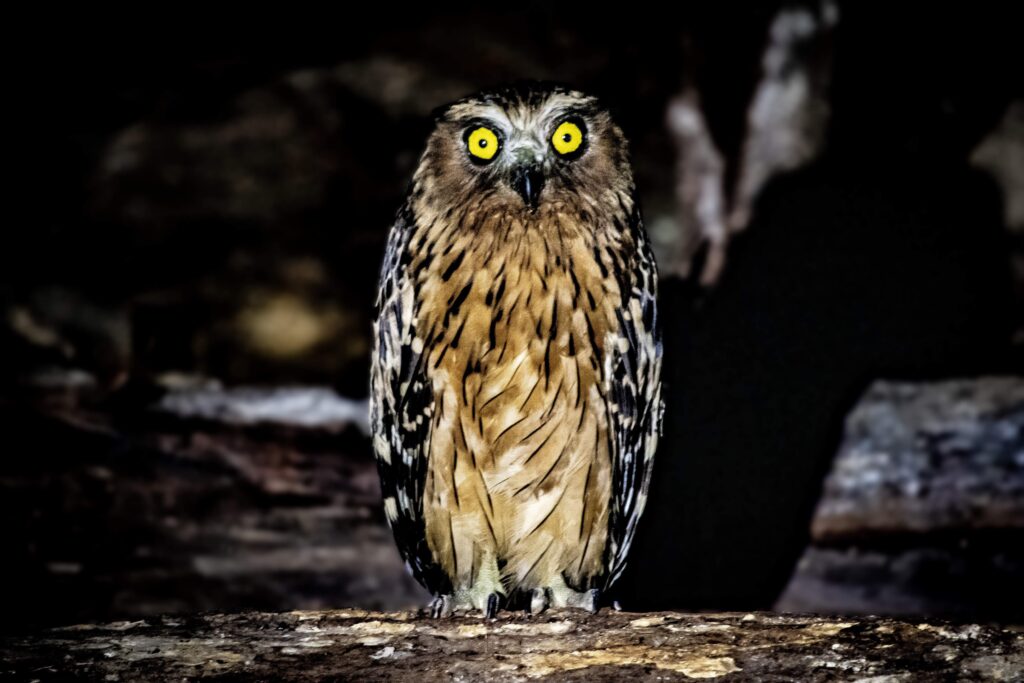
Night safaris were great for civets, we even spotted a rare binturong (aka bearcat). There were gliders galore as well, including several flying squirrel varieties and colugos. I also managed to snap a couple of slow loris’ – they’re not as slow as you might expect and quite tricky to photograph 🤷♀️ I was super happy we came across this beautiful buffy fish owl at the end of our last night safari too.
DERAMAKOT ACCOMMODATION
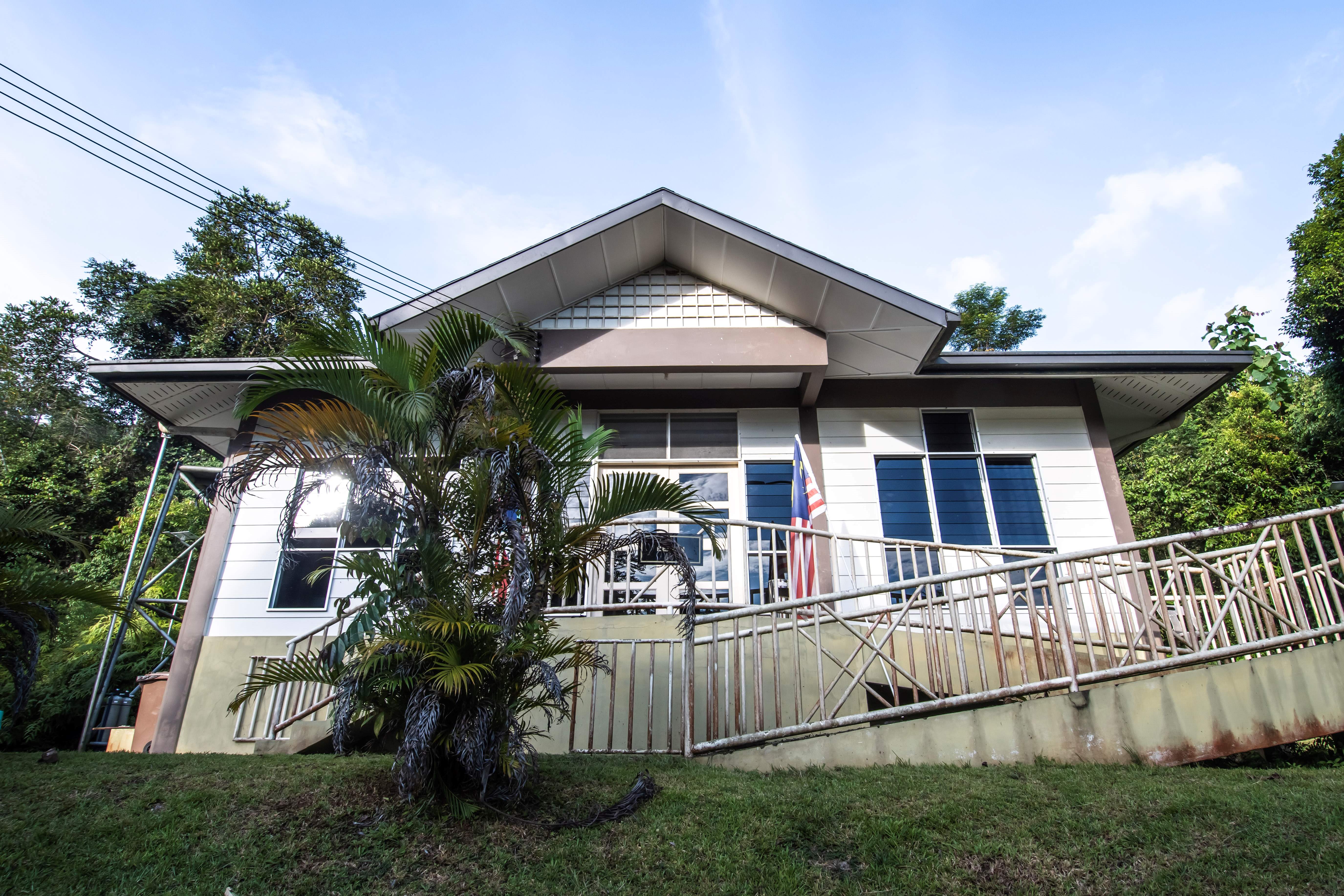
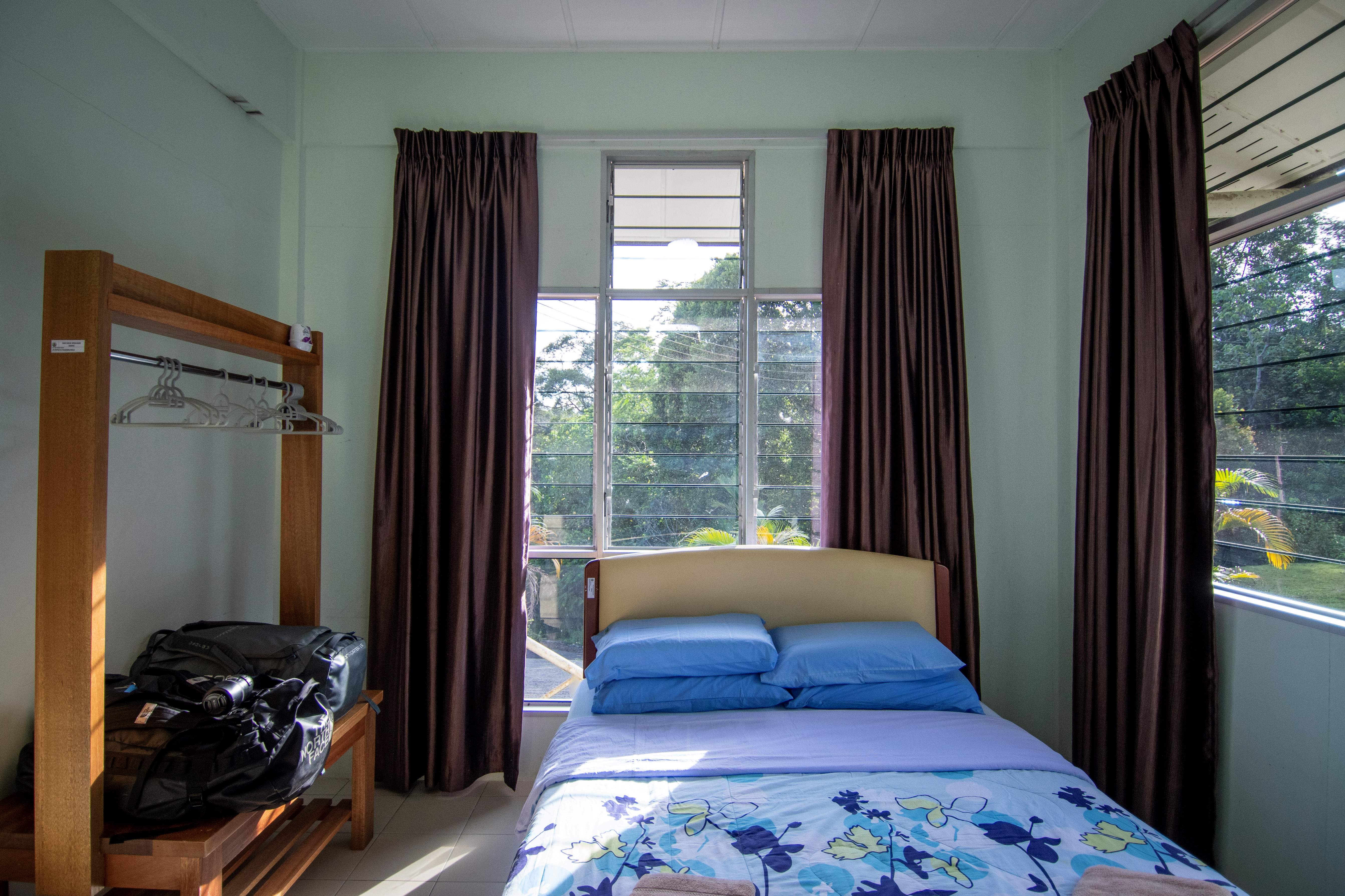
Chalet double room
Despite its remote location, I was surprised to find the chalet accommodation at Deramakot Forest HQ reasonably comfortable. JJ and I stayed 4 nights – we had our own small double room with aircon, ensuite and hot shower. The bed linens and towels had seen better days but they were clean. The alternative room option available at HQ is dorm-style with a shared bathroom.
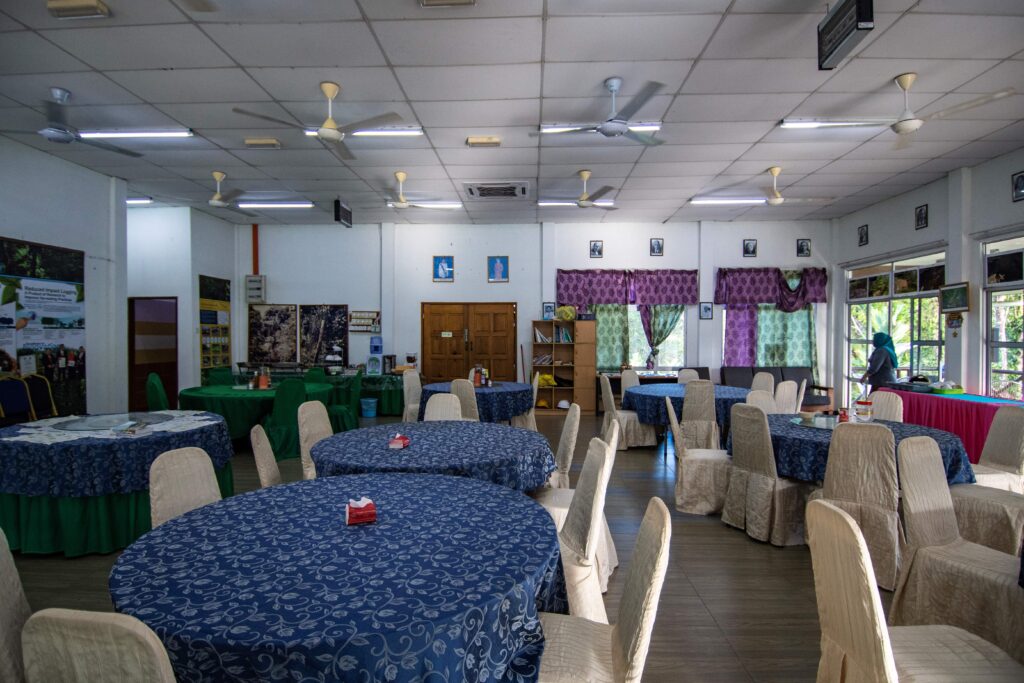
We ate all our meals in the Reception Centre dining area. Each different tour operator’s group was designated a table and unexpectedly, the quality of the food varied wildly between tables. While guests at our table were served meagre portions of bland steamed rice with the odd chunk of carrot or cucumber hidden in it, other groups were enjoying veritable banquets (NO exaggeration). We really had to restrain ourselves from scavenging their leftovers. So the food in Deramakot was beyond crappy, but I guess it depends which “chef” your group gets assigned.
TANJUNG BULAT JUNGLE CAMP, KINABATANGAN RIVER
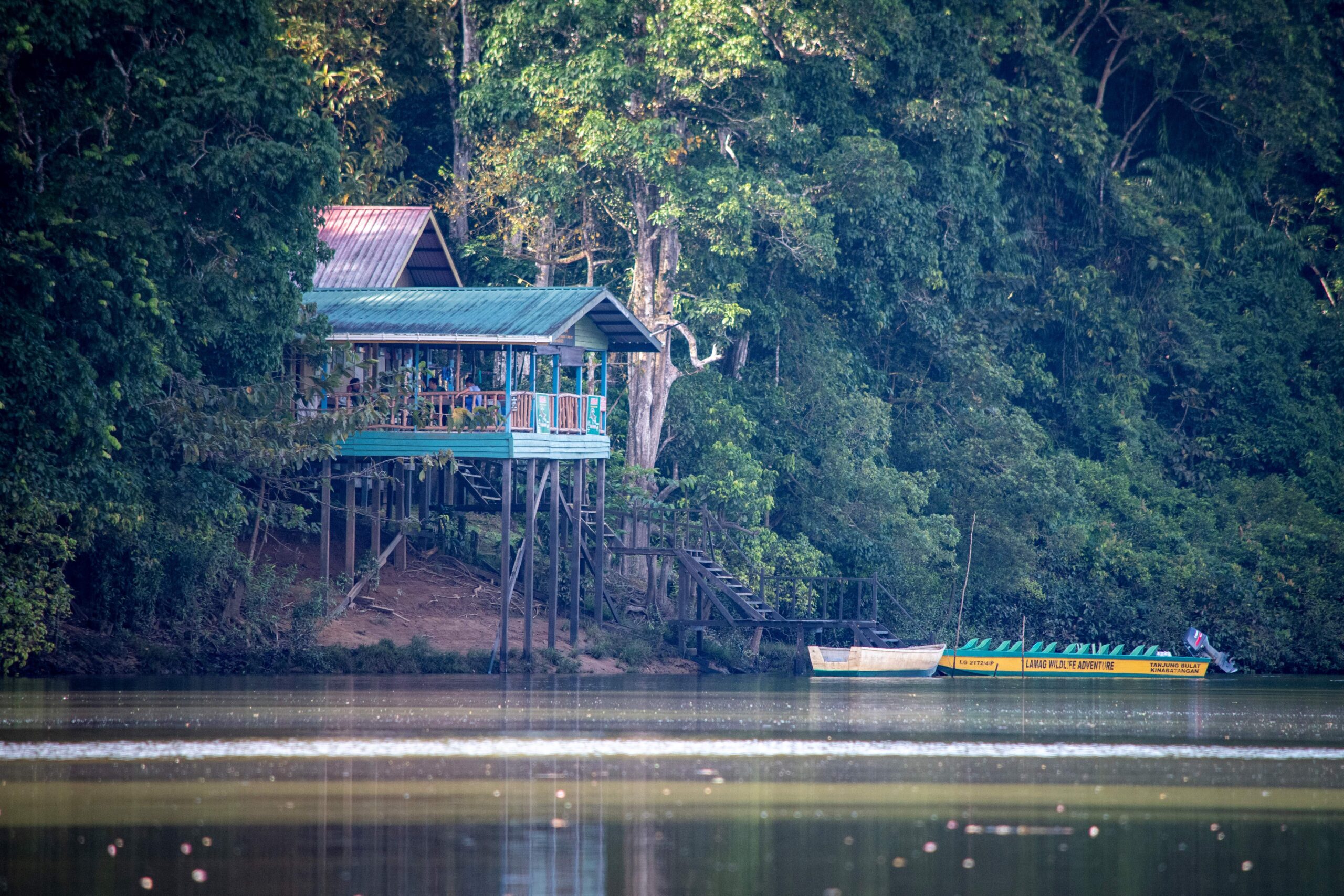
Kinabatangan River sustains one of the world’s richest ecosystems and is recognised as a wetland habitat of international importance. In 1997 a total 26,000 hectares of Kinabatangan were declared a wildlife sanctuary. As well as being home to Bornean orangutans and proboscis monkeys, 10 other species of primates can be found in the surrounding forest. Pygmy elephants are also often seen here.

As we stayed at Tanjung Bulat Jungle Camp overnight, we had time for 3 river cruises; afternoon, evening and morning. Afiq was our guide and he did an excellent job wildlife spotting for us, as well as sharing information about the animals’ typical behaviours and the local environment. This camp felt ideally isolated, far away from villages and safari lodges. We didn’t see any other tourist boats while we were there.
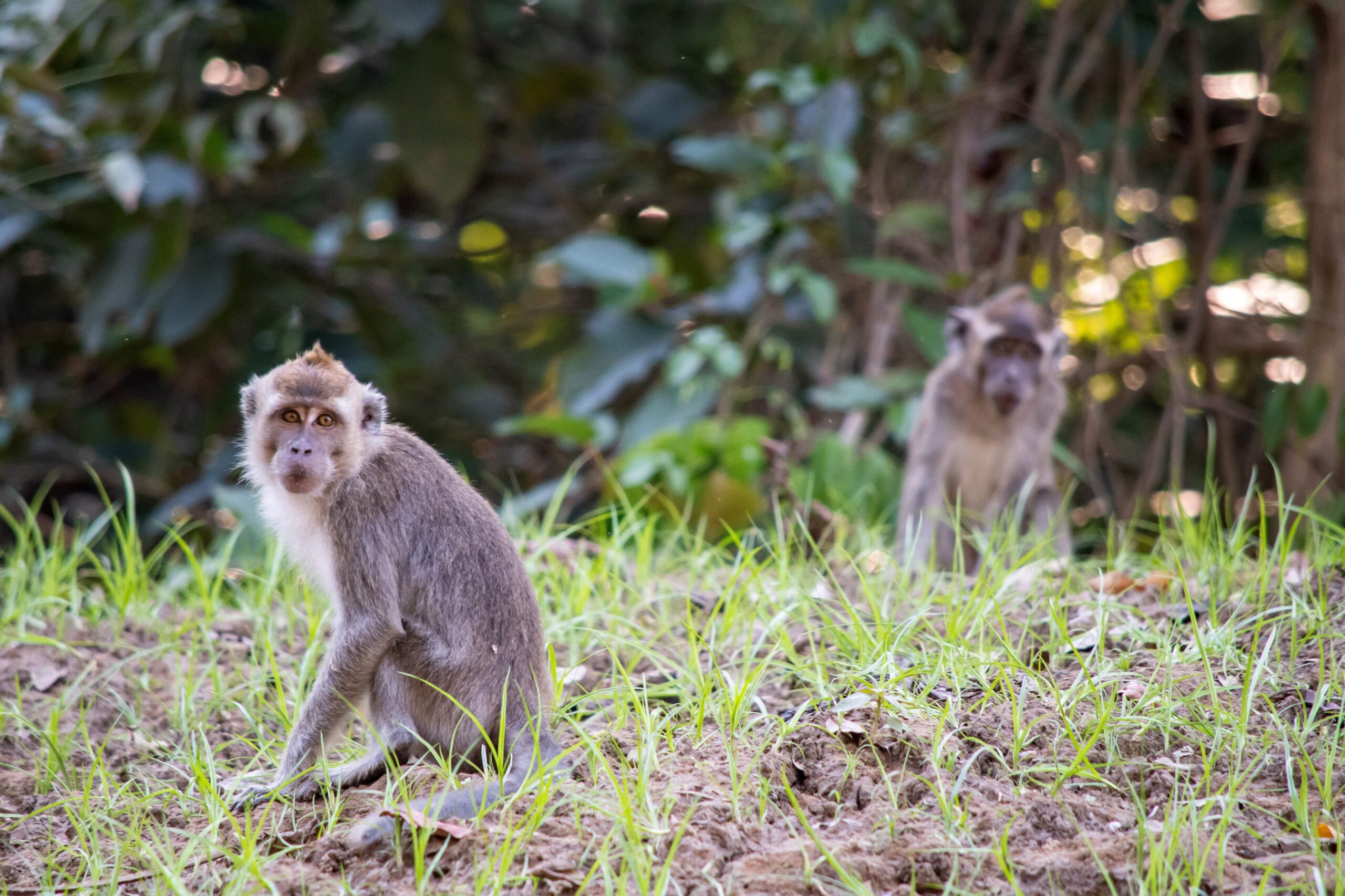
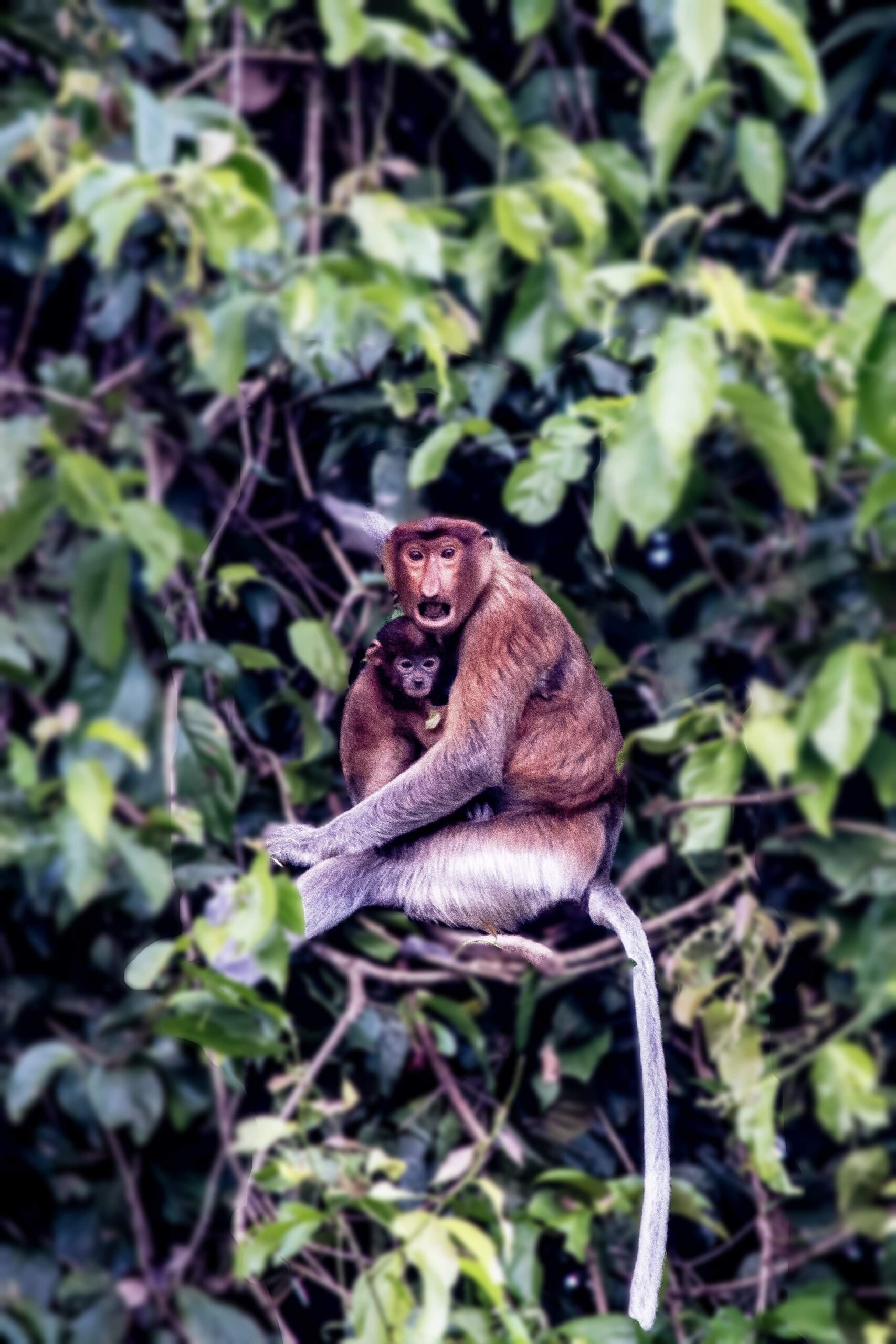
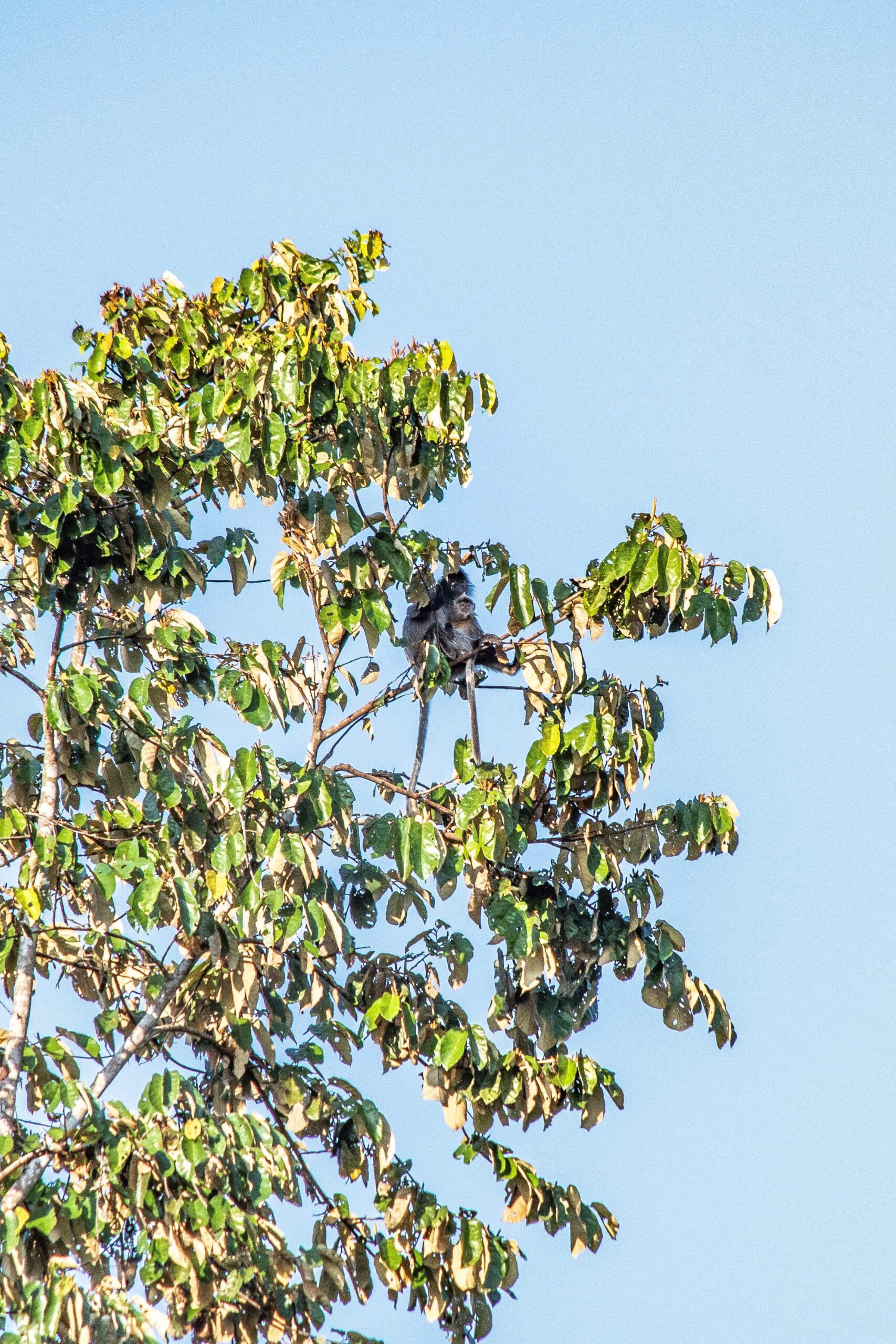
L: Proboscis monkeys R: Silvery langurs
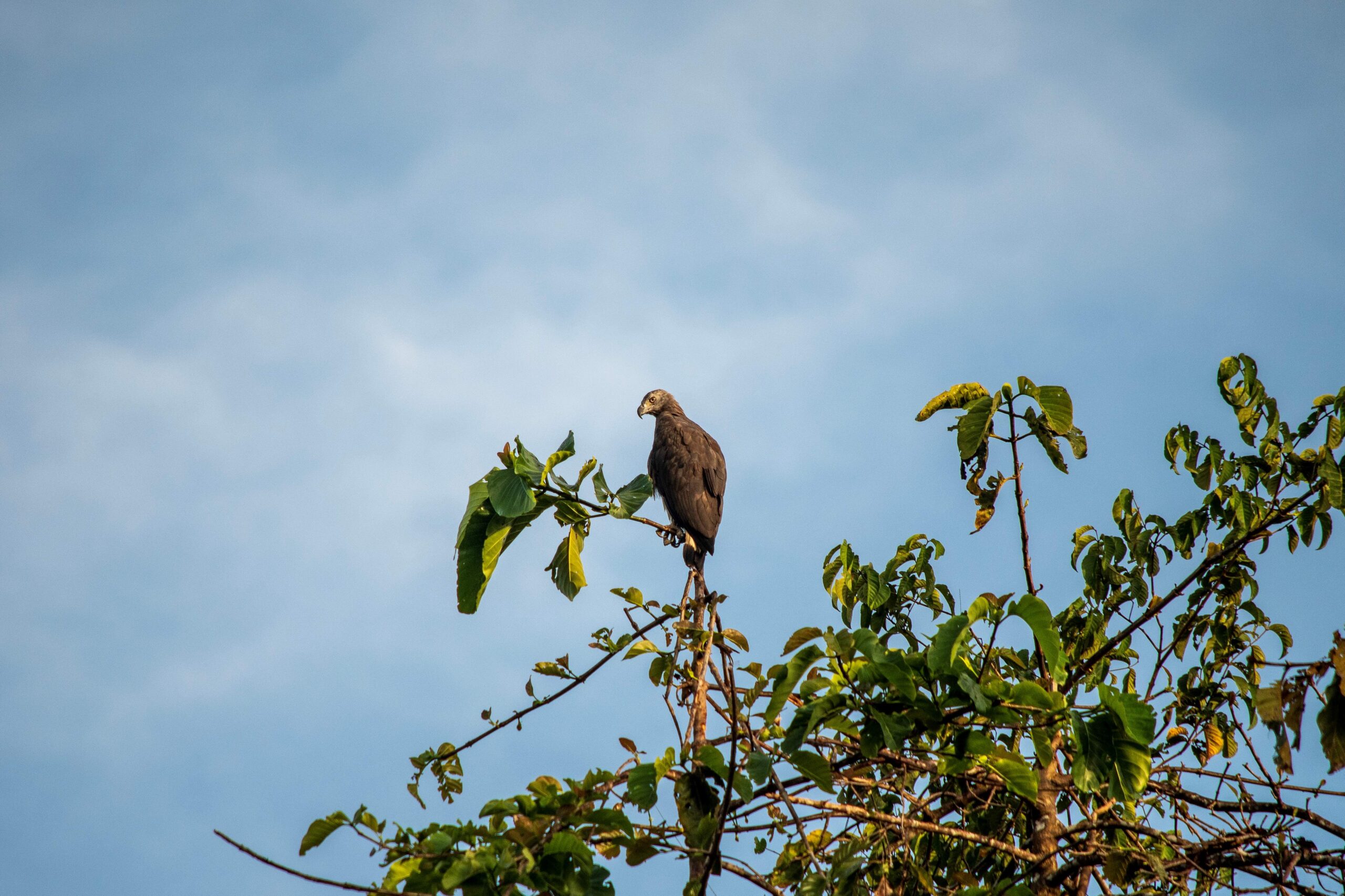
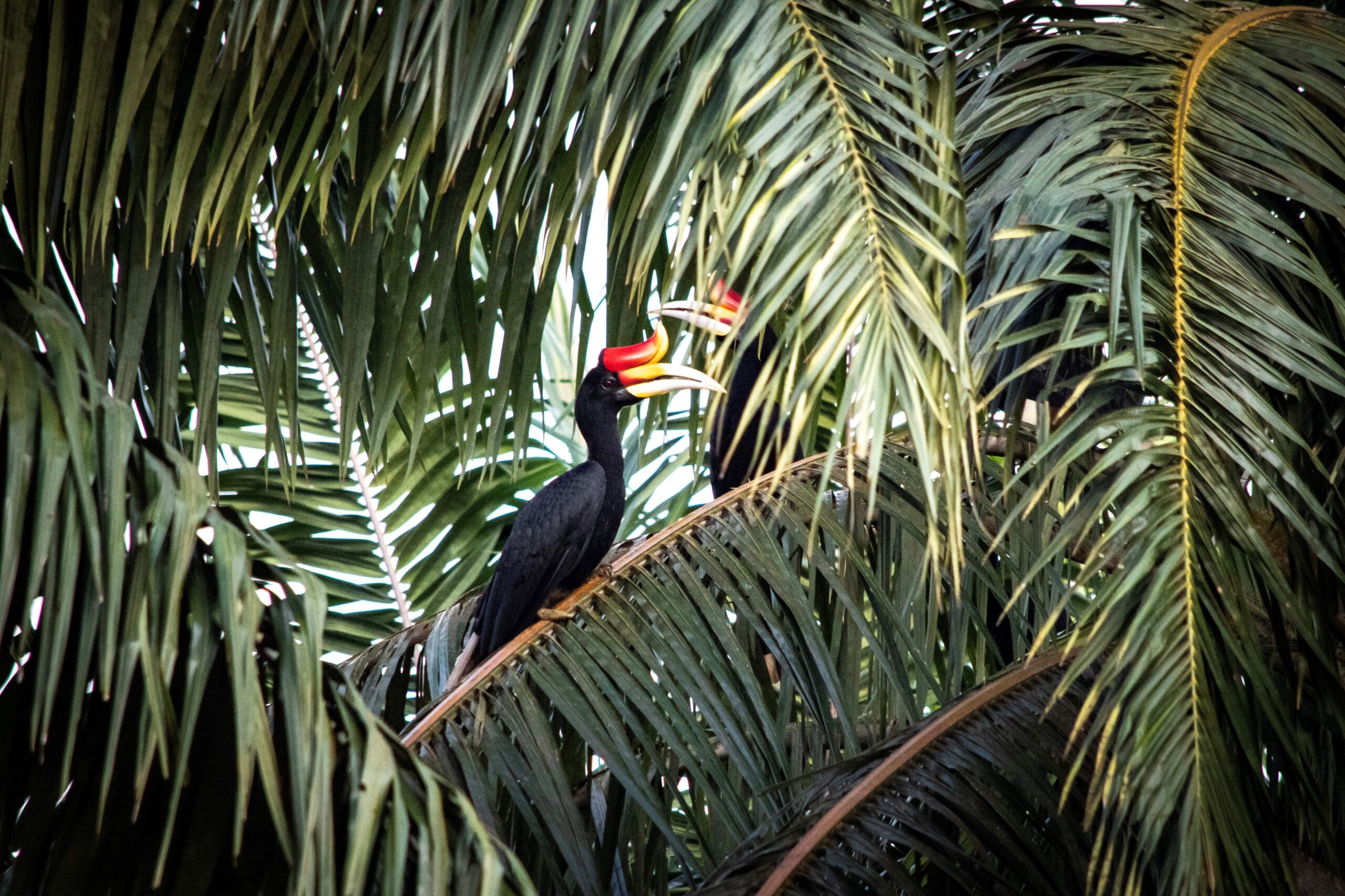
L: Lesser fish eagle R: Rhinoceros hornbills
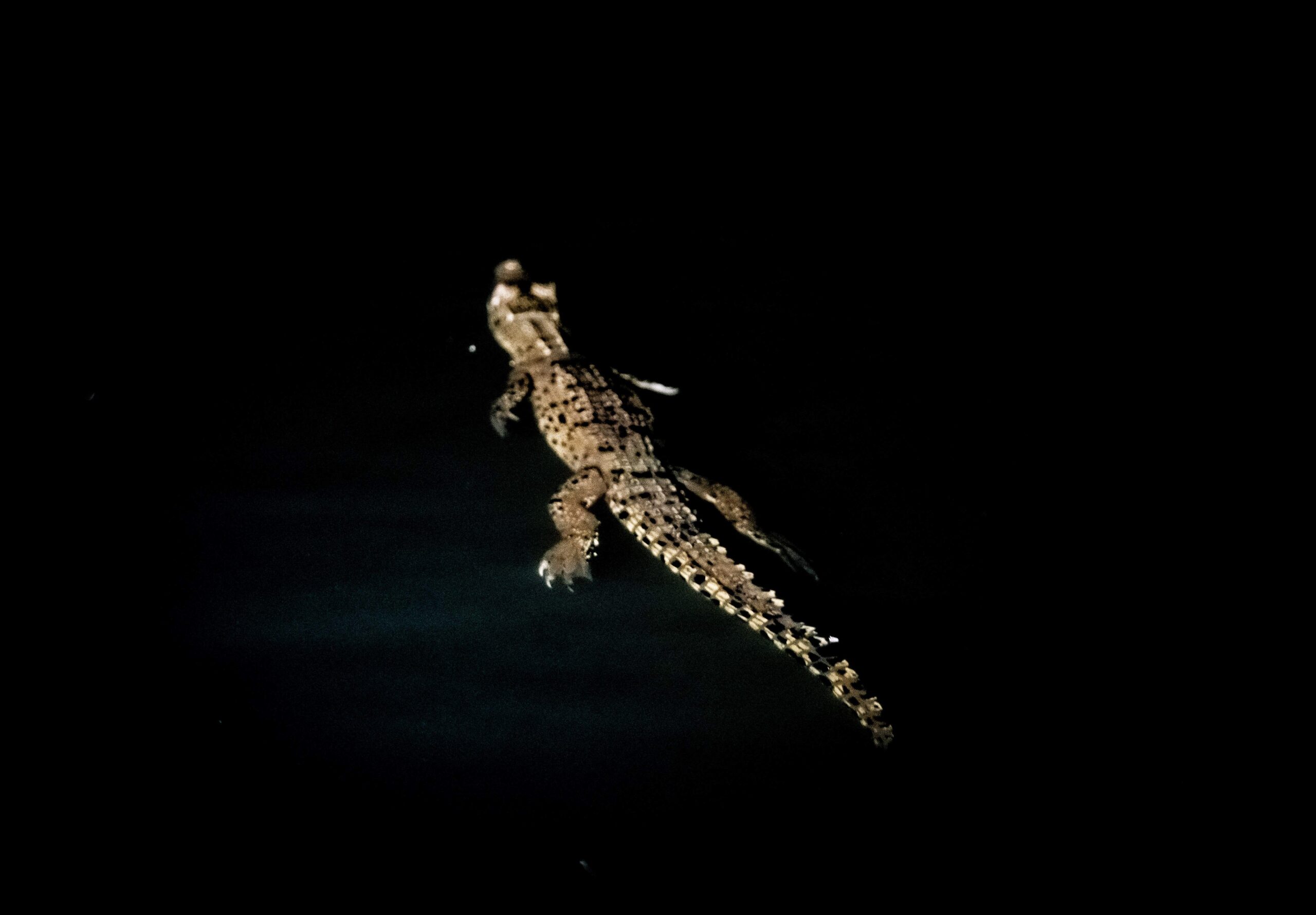
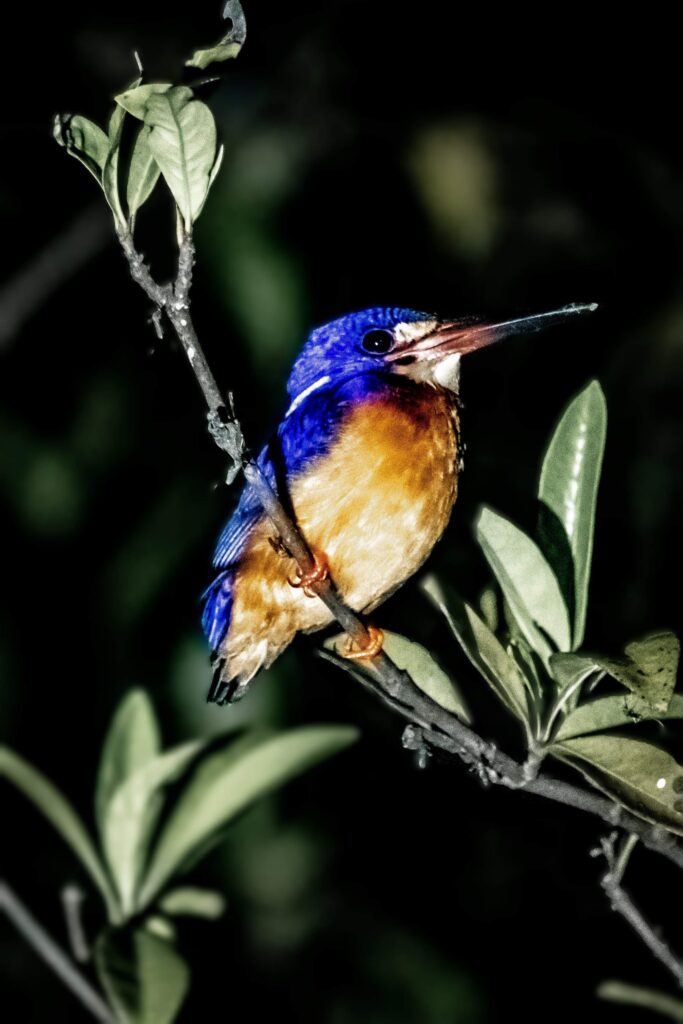
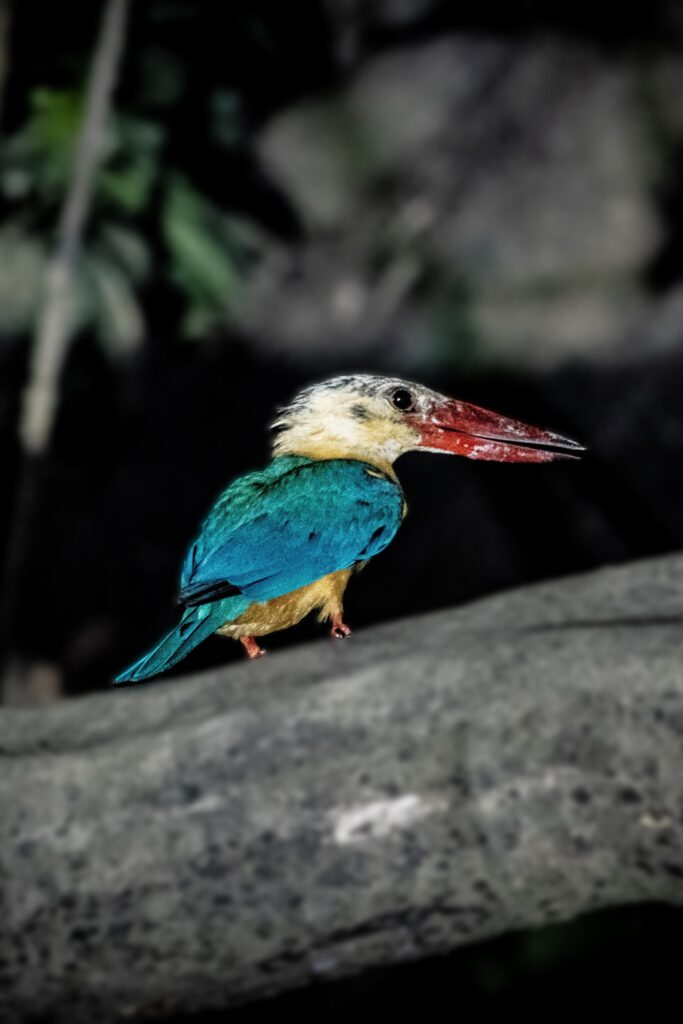
L: Blue-eared kingfisher R: Stork-billed kingfisher
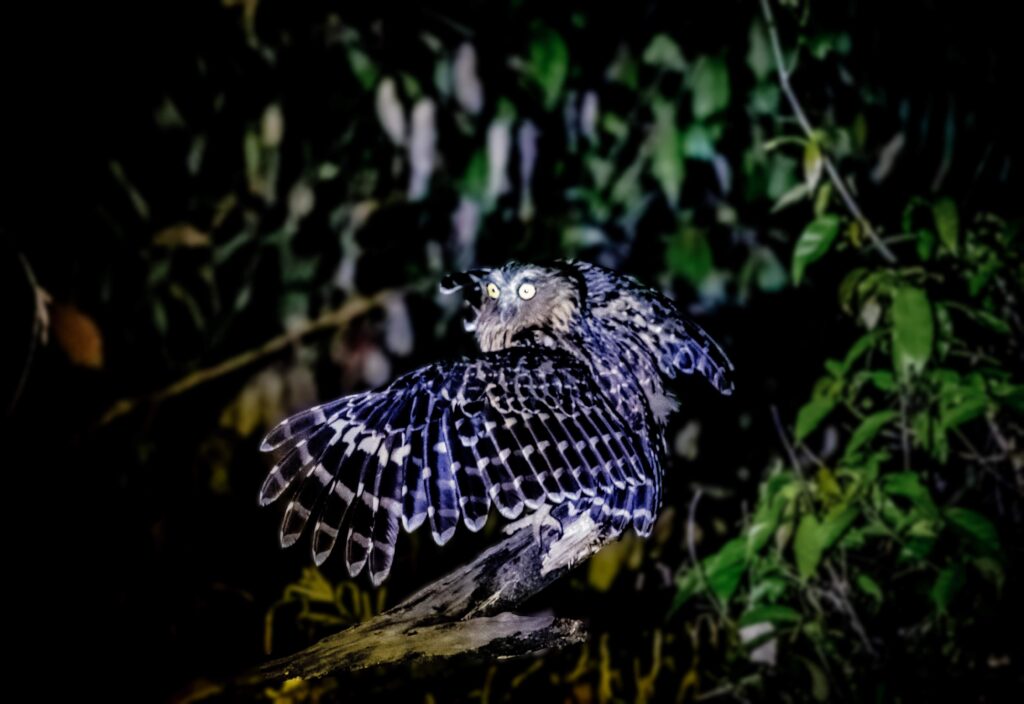
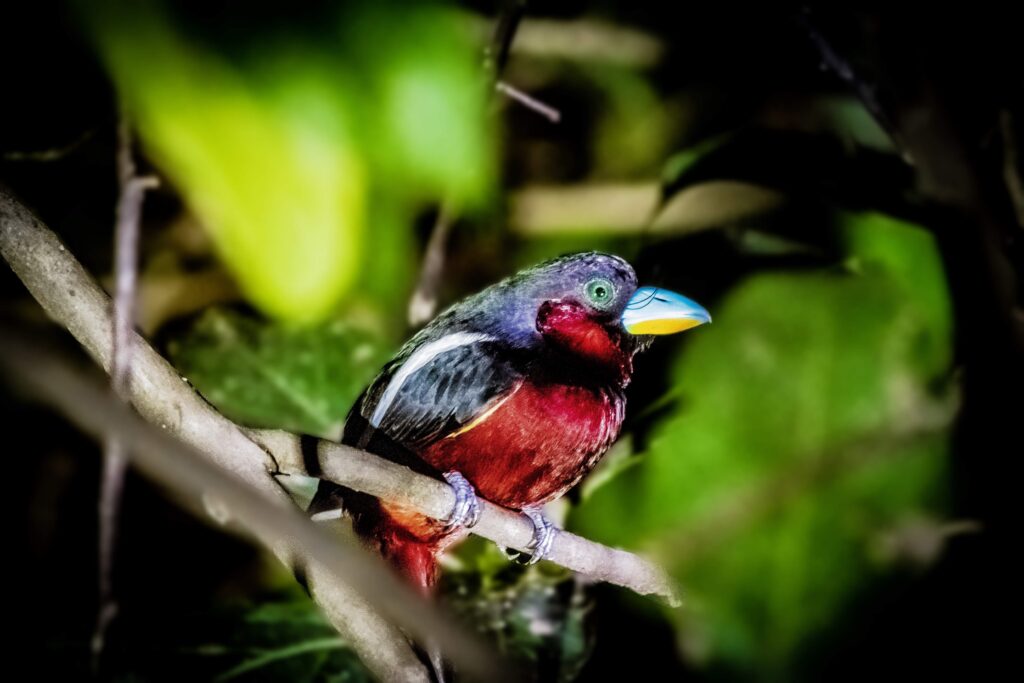
L: Buffy fish owl R: Black-and-red broadbill
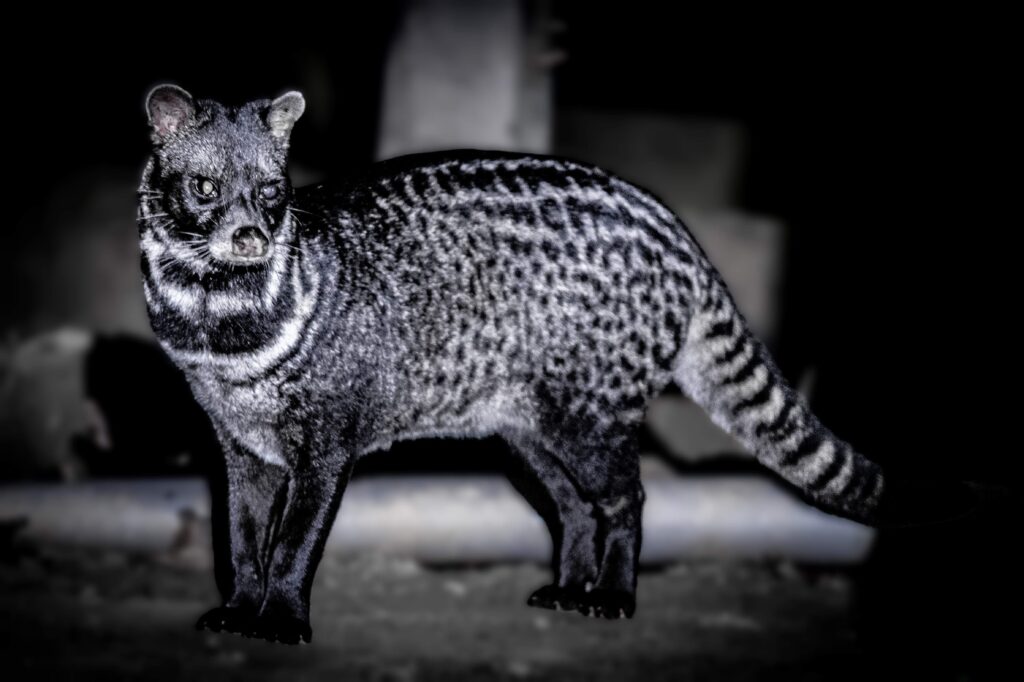
The highlight of our afternoon and morning safaris was getting to observe a multitude of monkeys, especially the endemic proboscis. Seeing so many different hornbills, waders and raptors was also fantastic. However, the night time river cruise was my fave because of our close encounters with sleeping birds and a Malay civet that was hanging around our camp. So incredible.
JUNGLE CAMP ACCOMMODATION
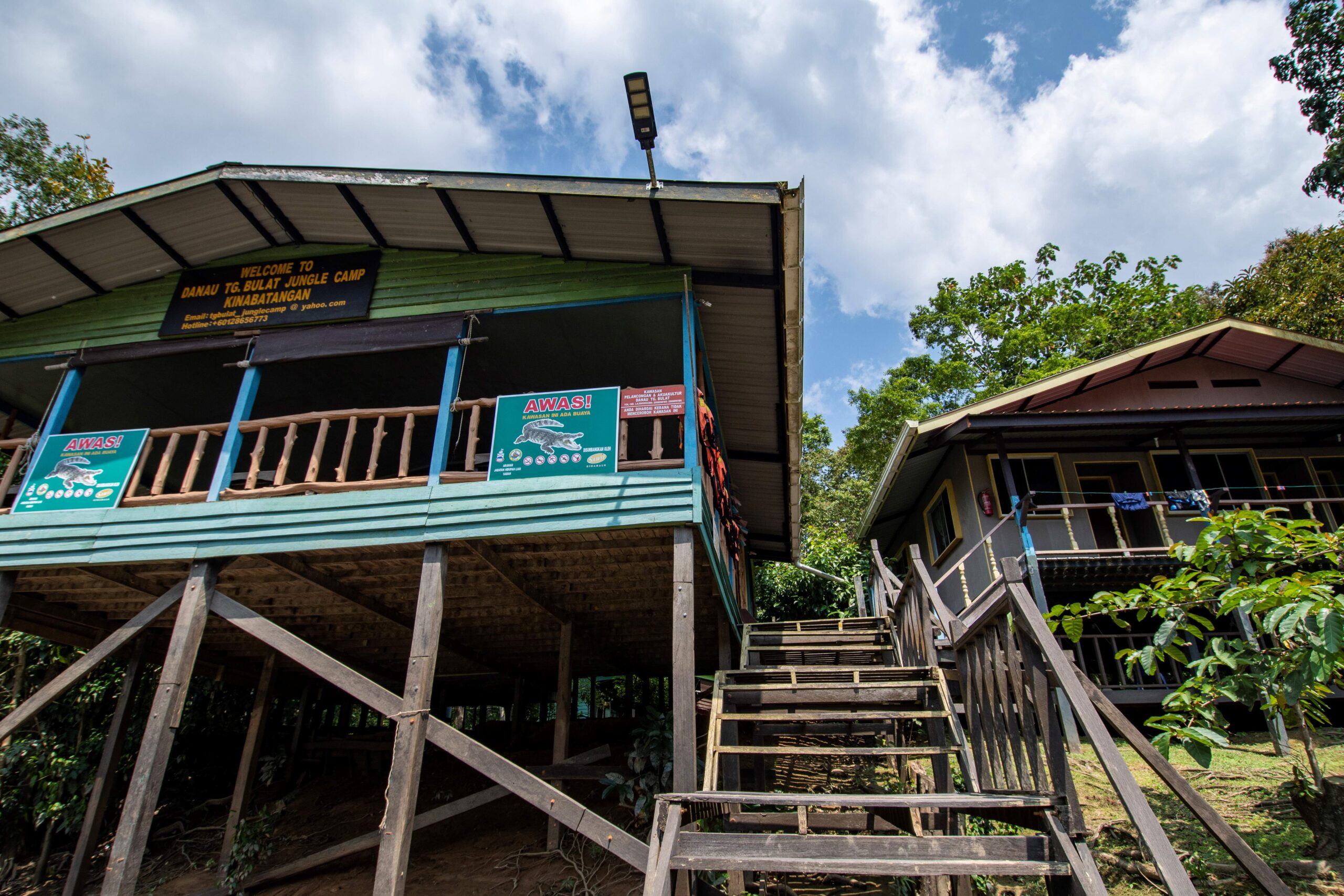
Accommodation at the camp is as basic as it gets, a true ecotourism experience. JJ and I slept on twin cot beds in a small room in the right hand block above. We also had a low table and desk fan. Generator electricity was available from 6pm til 10pm. Shared bathroom facilities included cold bucket shower cubicles that were well lit and clean, (BYO towel + toiletries obvs). Simple but perfectly comfortable 💚
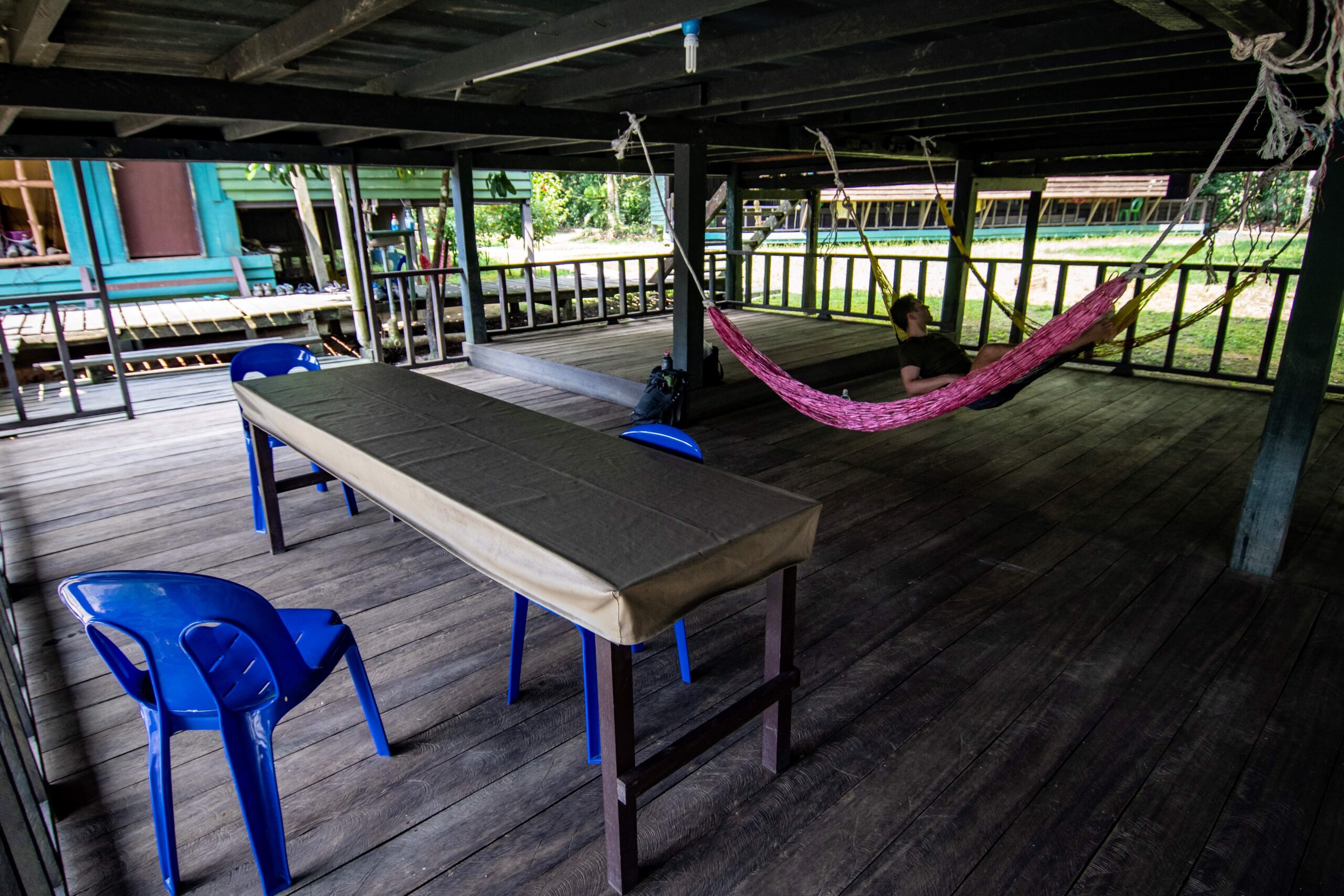
For relaxing during the day there’s a breezy shaded hammock lounge underneath the accommodation block. In between river cruises we’d read, chat with other guests and check out our wildlife photos there.
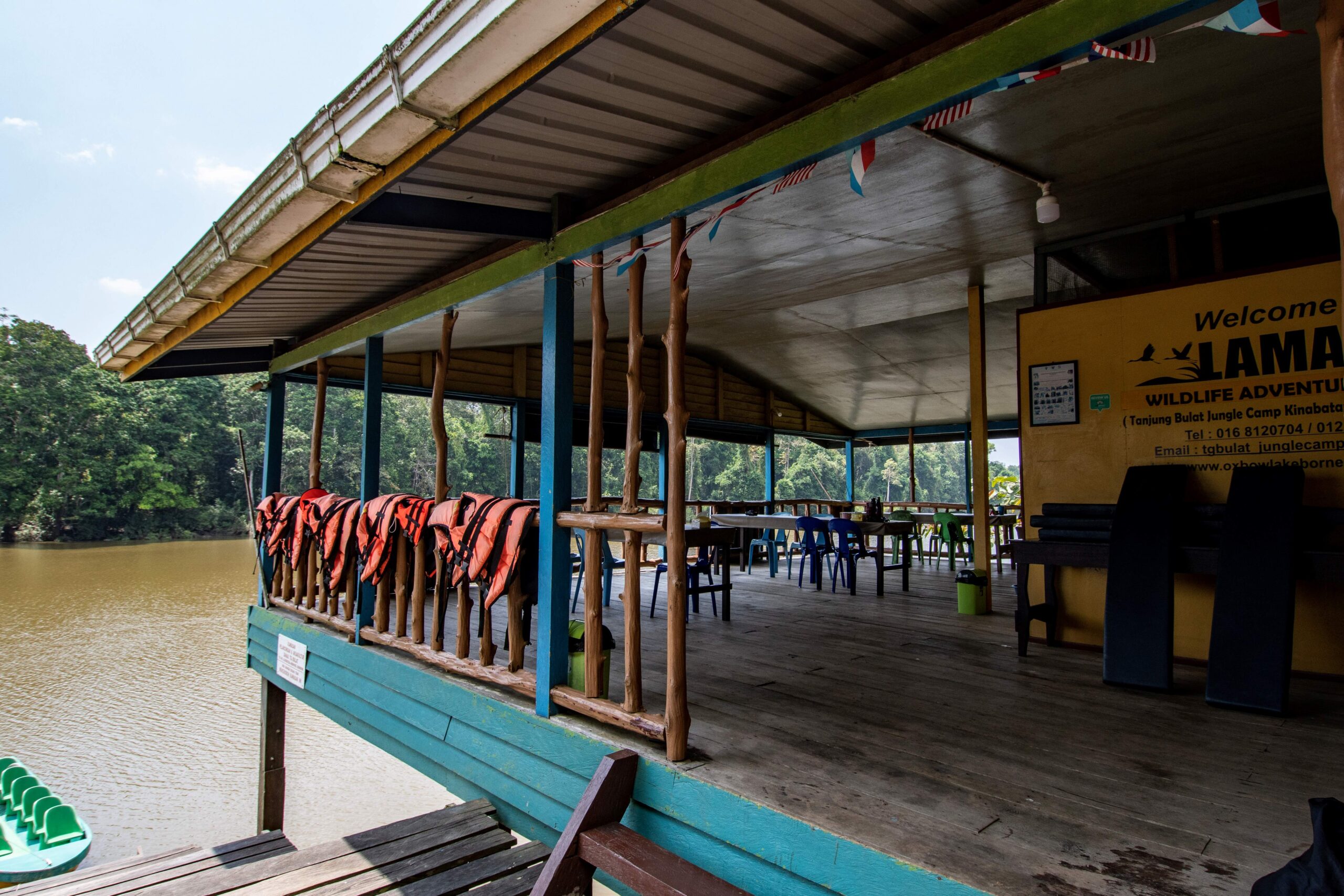
Mealtimes at the jungle camp were such a relief after 4 days on the Deramakot prison diet. Food at Tanjung Bulat was flavourful and nutritionally-balanced, our tastebuds were thankful and our blood sugar levels restored. The view across the river from the dining area was also stunning. This place gets a hard recommend from me, I only wish we’d spent one night less in Deramakot and one more here. Hindsight eh.
TRAVELLING BETWEEN DERAMAKOT FOREST + KINABATANGAN RIVER
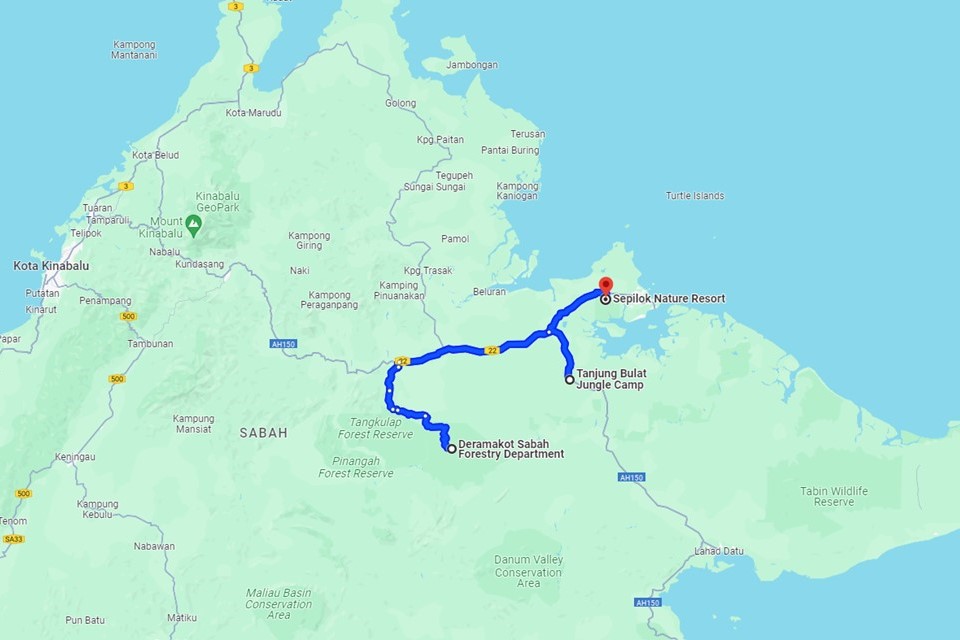
Adventure Alternative Borneo organised all of the ground transport, accommodation, meals and safaris for our 5-night wildlife-viewing itinerary. On day 1, a taxi picked us up from our lodge in Sepilok and dropped us off 2 hours later in the town of Telupid. We were met by a guide from Adventure Alternative in Telupid before having lunch in a local café. After lunch we changed vehicles and were transferred a further 2 hours to the Forest Reserve.
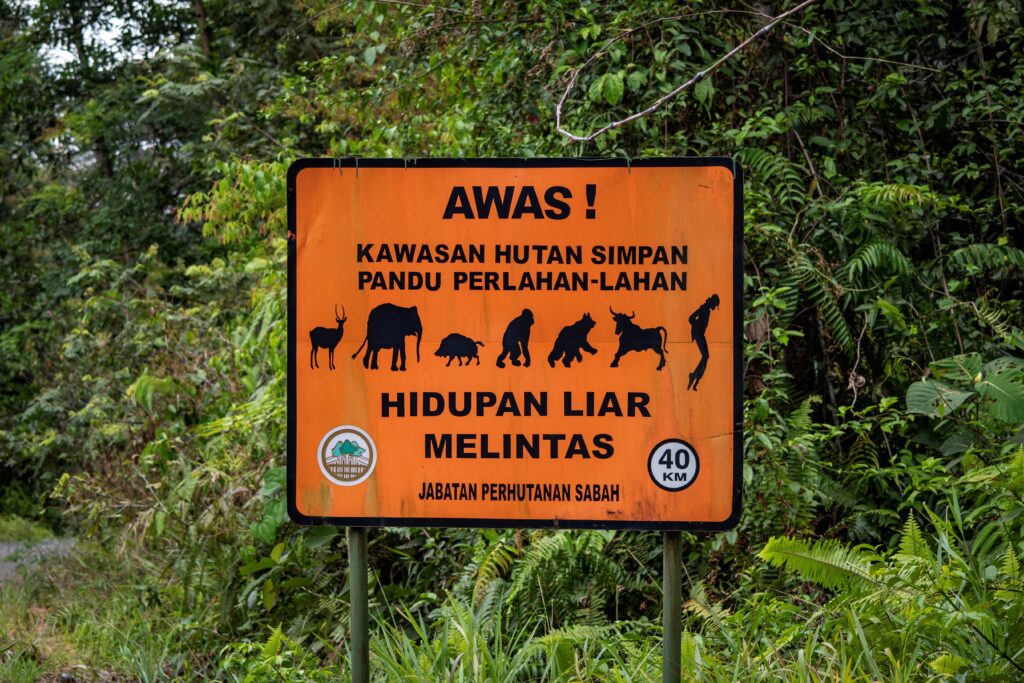
On day 5, we met our designated driver at the Deramakot Reception Centre and made the 4ish-hour journey to Kinbatangan River boat ramp. There was another lunch stop at a local café around halfway. Once we’d arrived at the boat ramp, we met our guide from Tanjung Bulat Jungle Camp. The remote camp was only a few more minutes away by speedboat. Following our night on the river, we were returned to the boat ramp and met by a taxi. The drive back to Sepilok took about an hour.

JJ and I chose to be dropped off at Sepilok Nature Lodge again. We knew they had a comfy outdoor terrace and a decent menu cos we’d stayed there on our first night in Sabah. We spent a couple of hours lunching and chilling at the lodge before heading to Sandakan Airport for a flight to Kota Kinabalu. Bucket list wildlife watching segment of our Borneo trip successfully completed ✅
Pin this post for later:
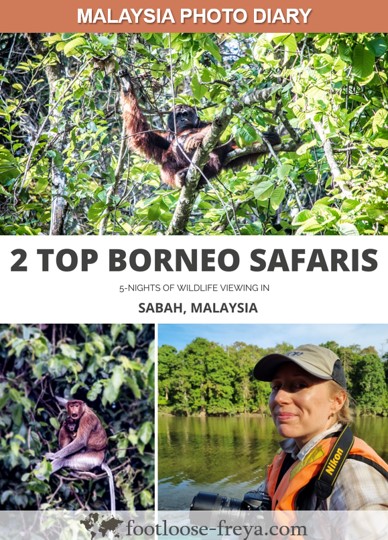
Related posts:
